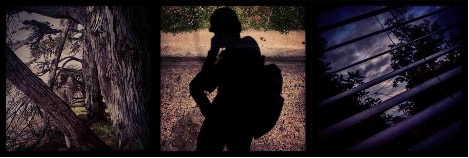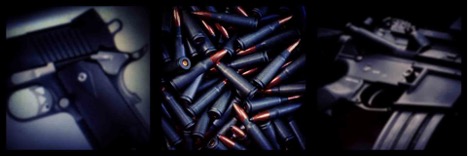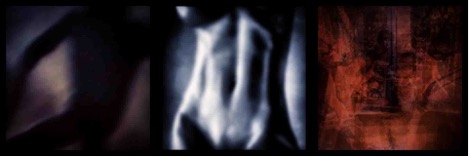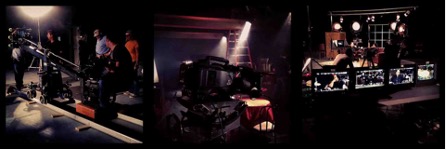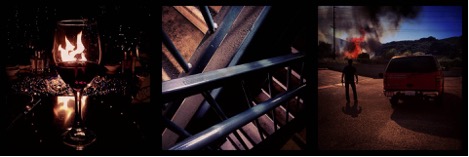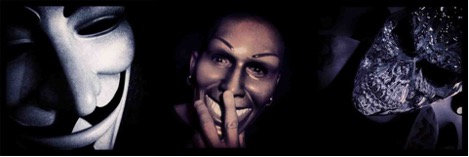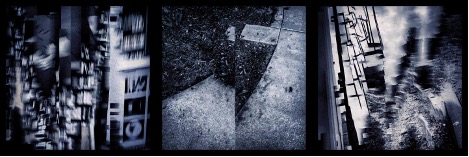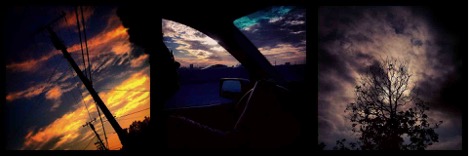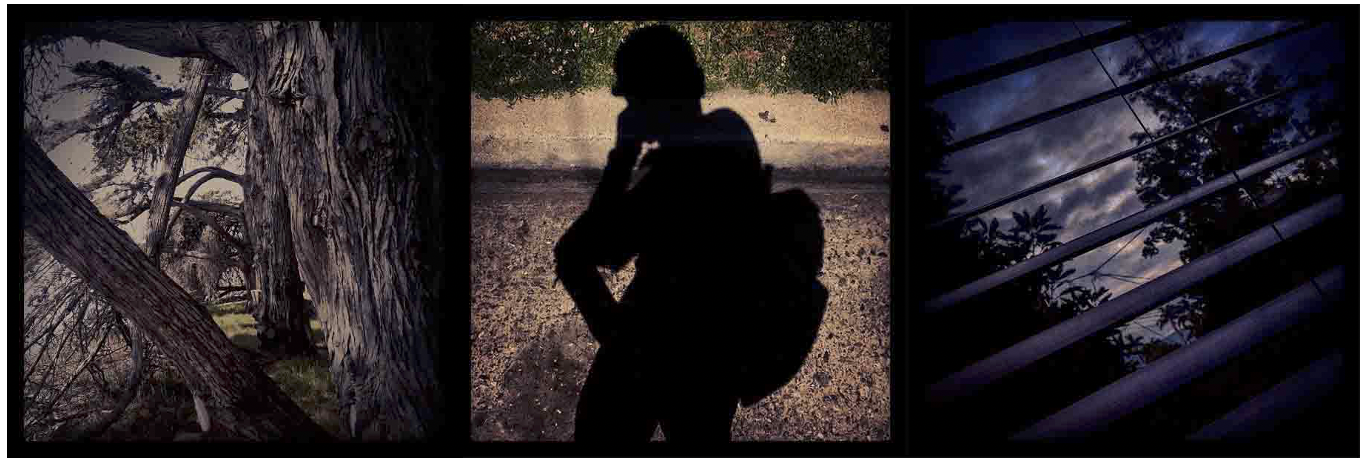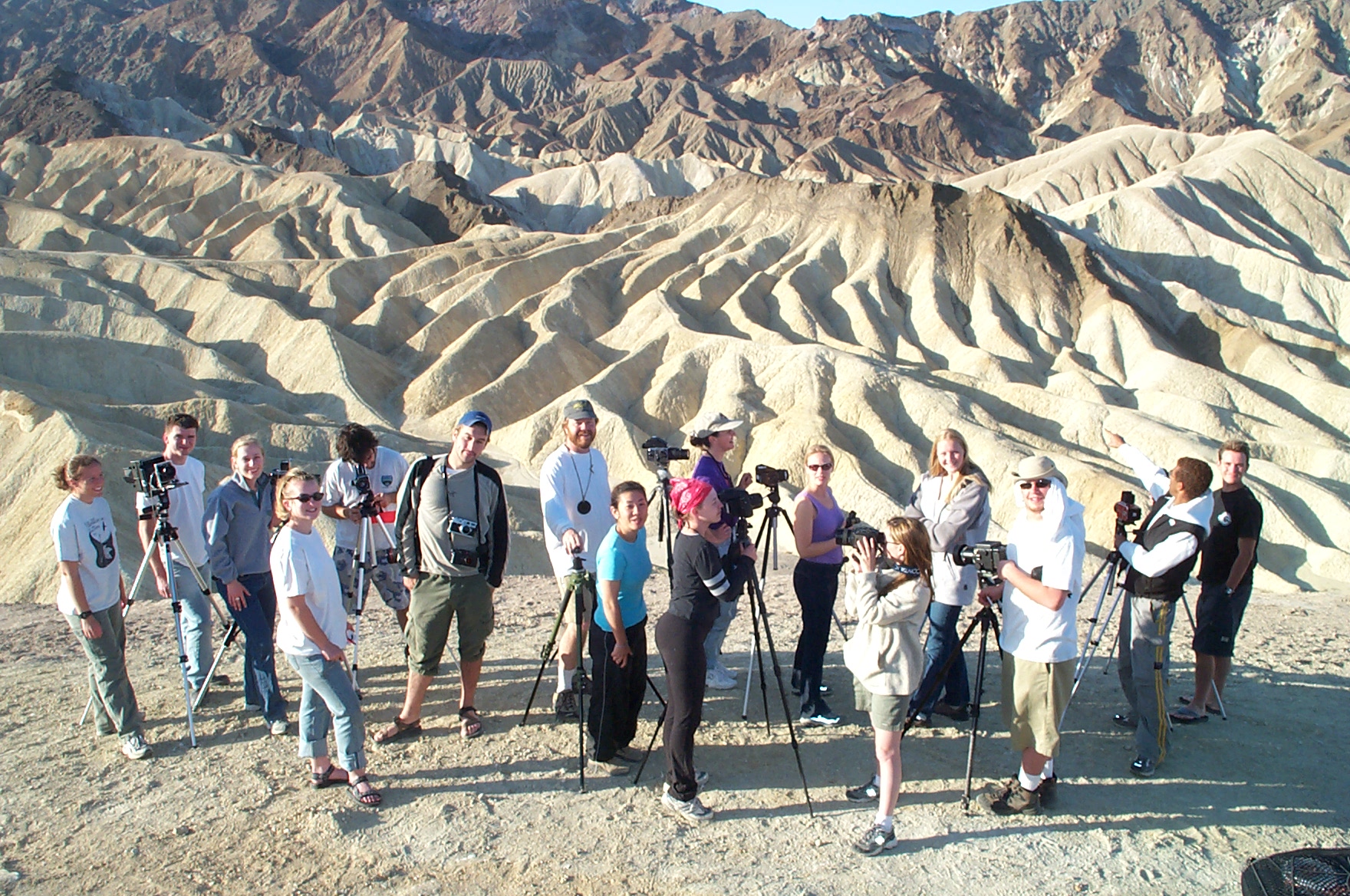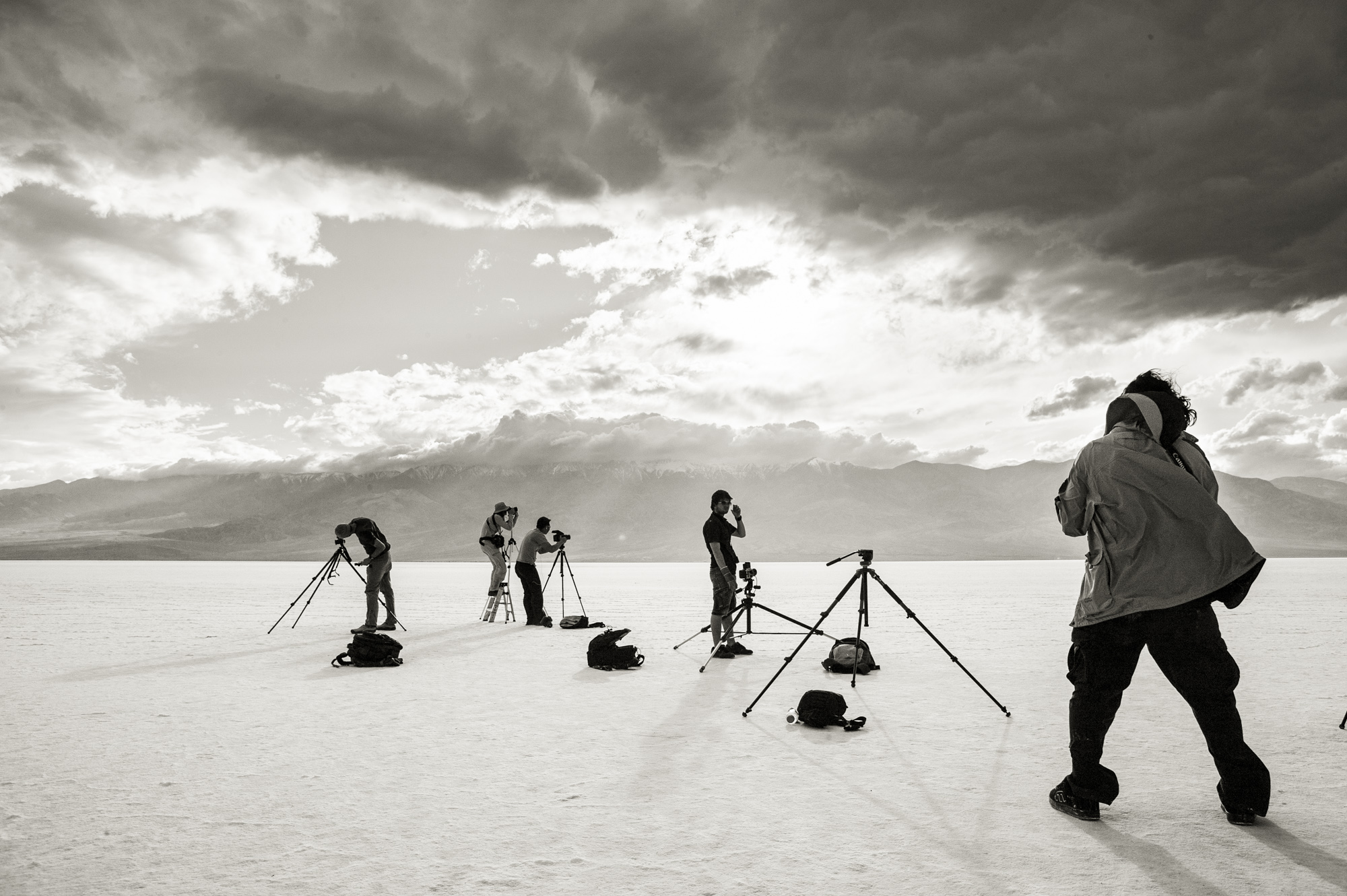Eryn M. Brydon
The Ether Experience
So much of what plights our oceans today arise from a lack of understanding the roll the ocean plays in our survival on this planet and how it is undeniably connected to the human spirit.
Water is life…Our planet is 70.9% water…without blue there would be no green…sharks are disappearing…plastic is greatly outnumbering the amount of fish left in the sea…mountains of statistics, reports and eco campaigns fighting to save our oceans rule social media feeds.
While the intentions of course are good, there is something missing about these efforts. While algorithms flood our timelines and we face something I call Conservation Fatigue.
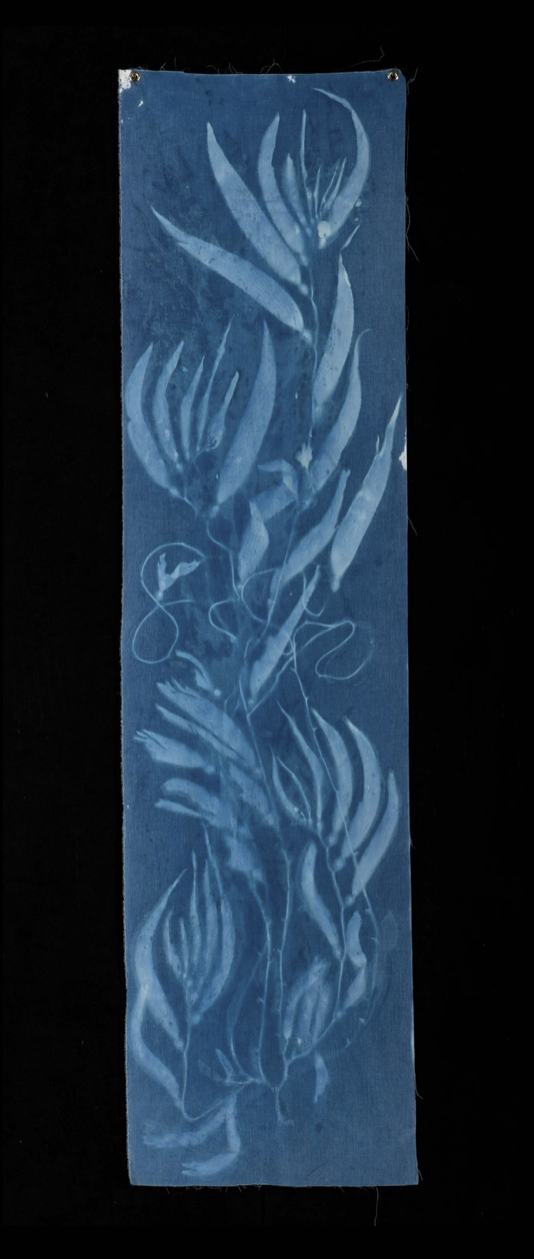
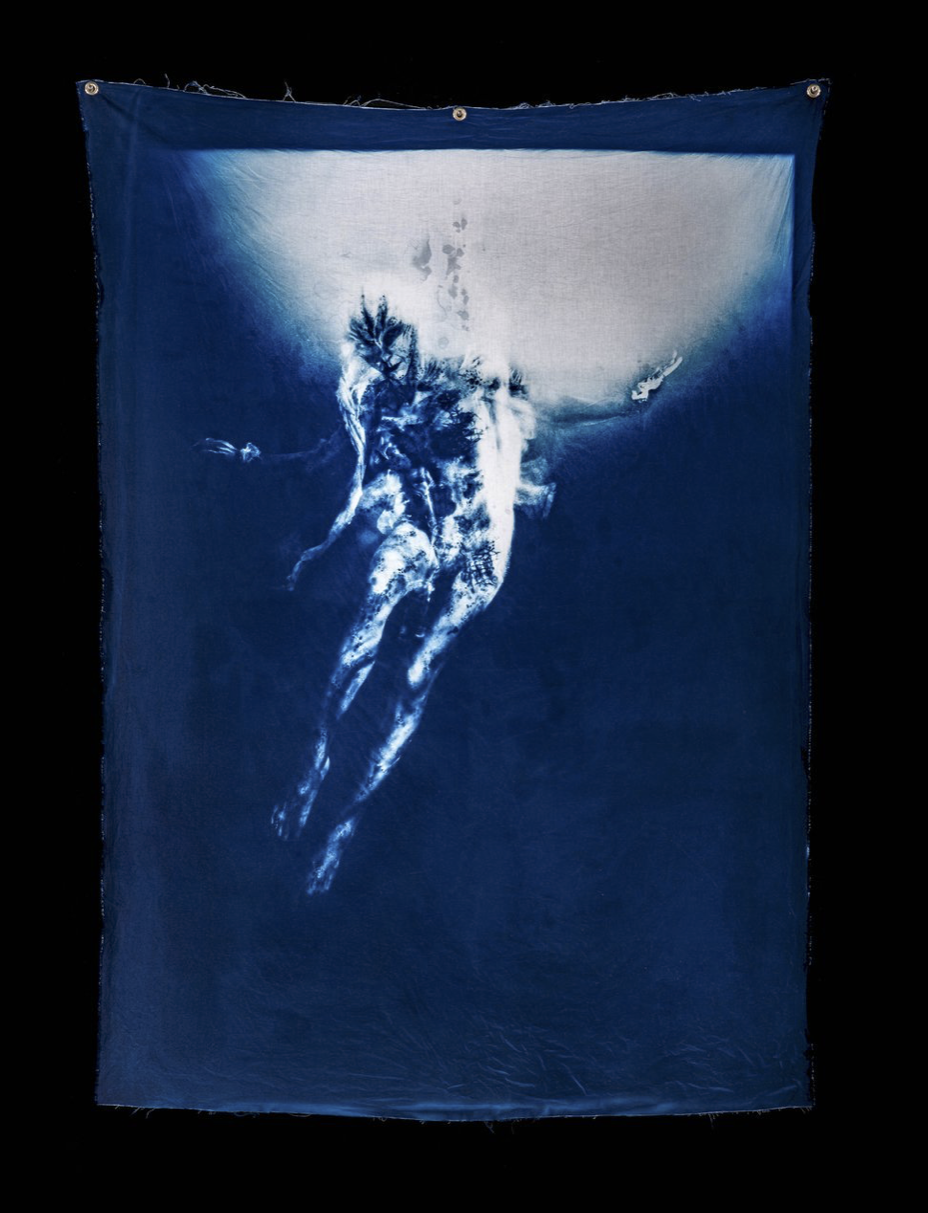
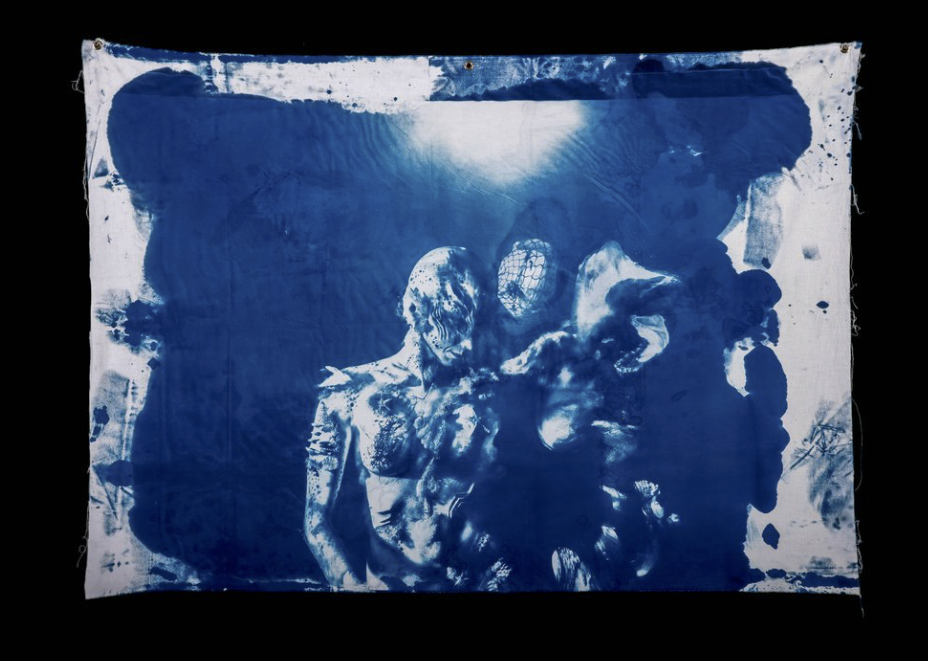
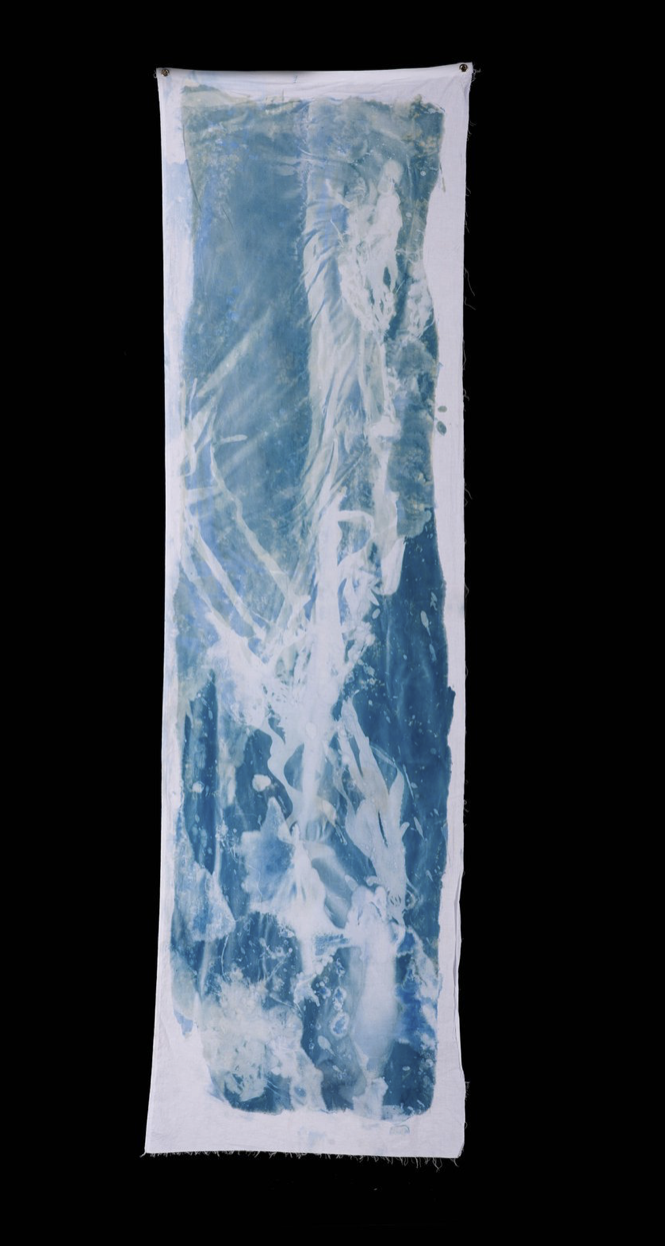
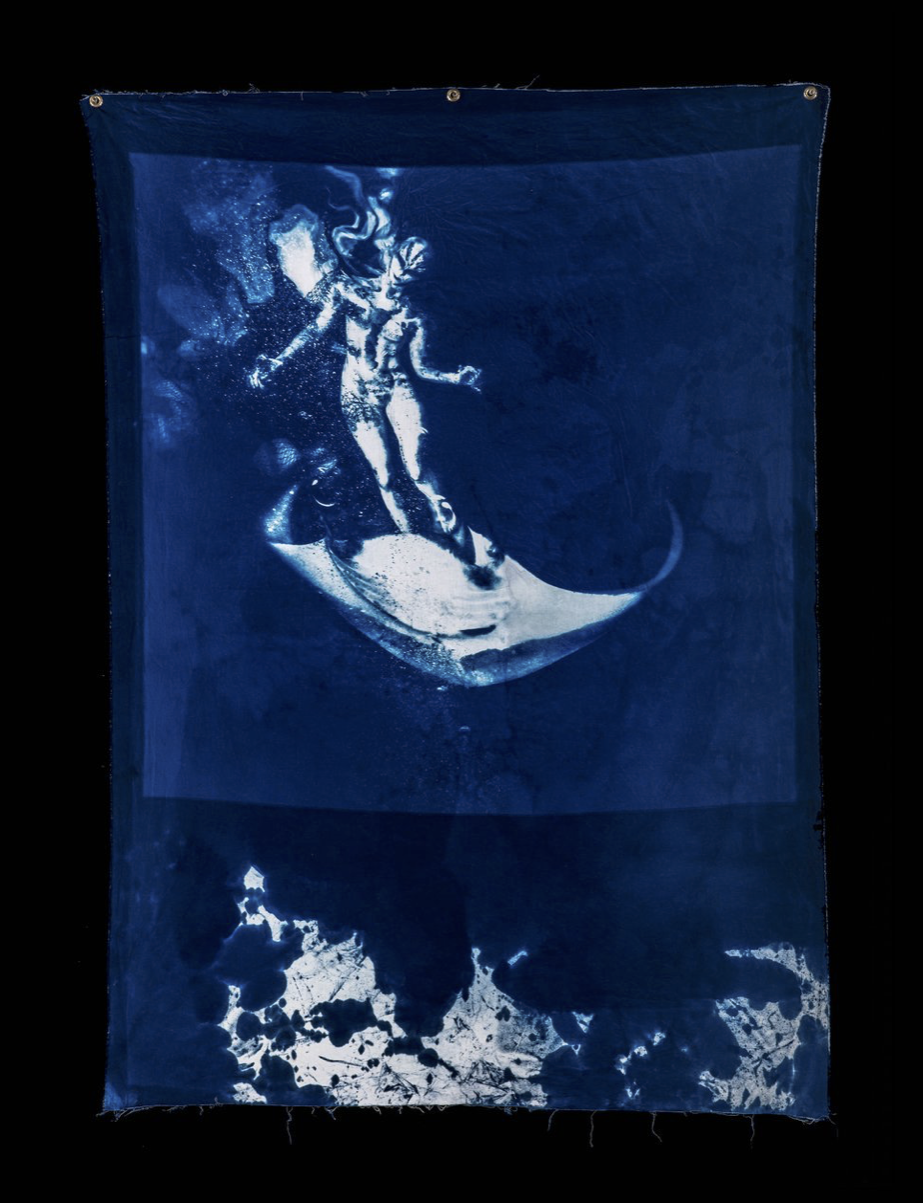
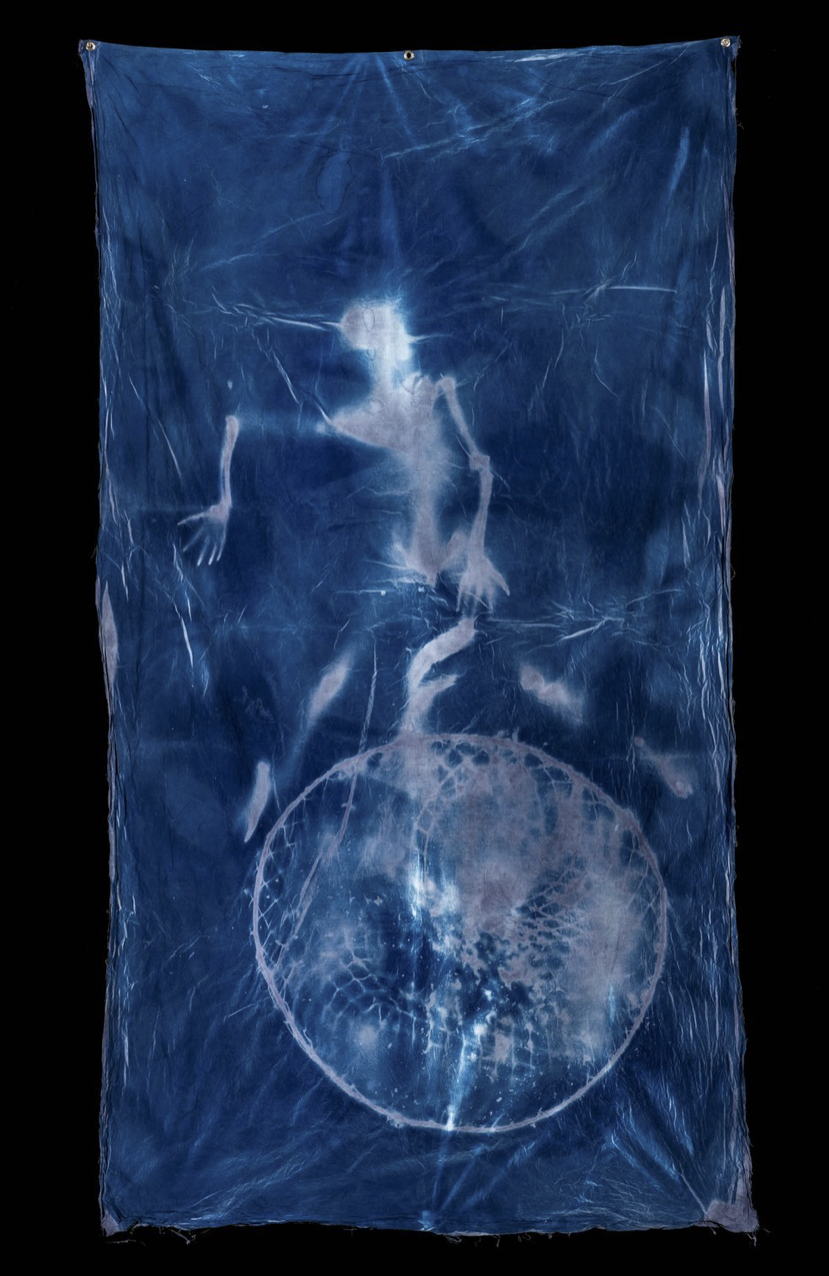
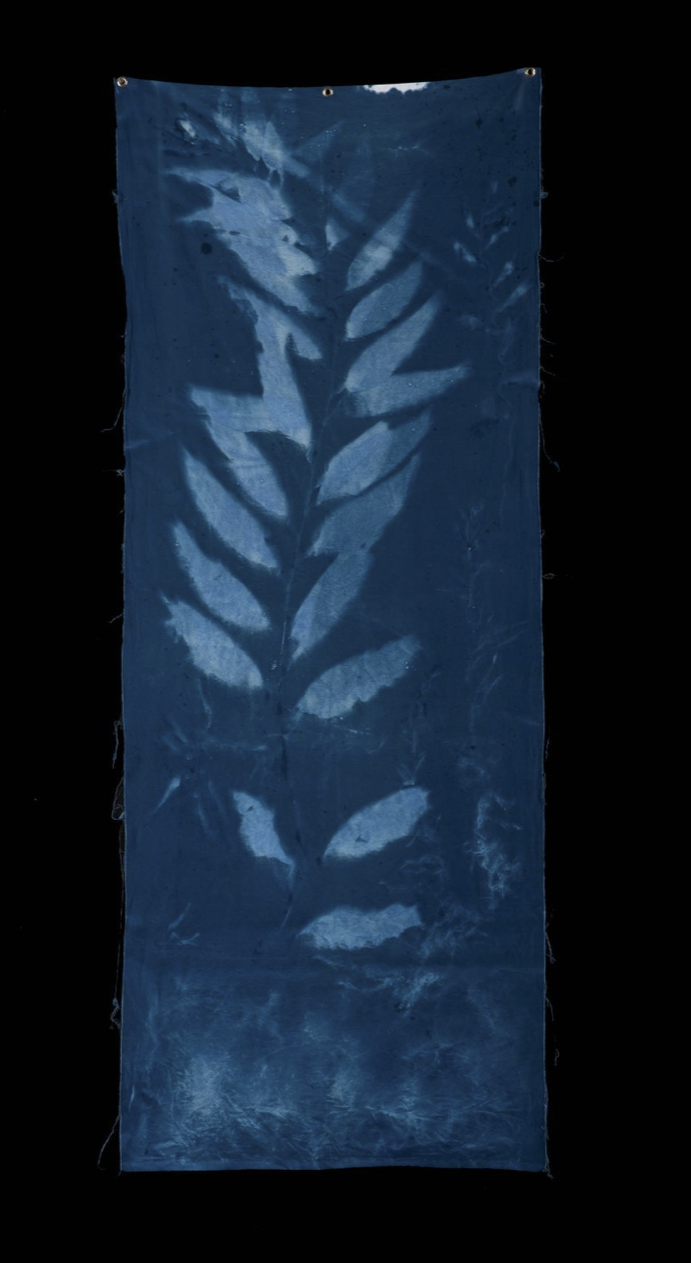
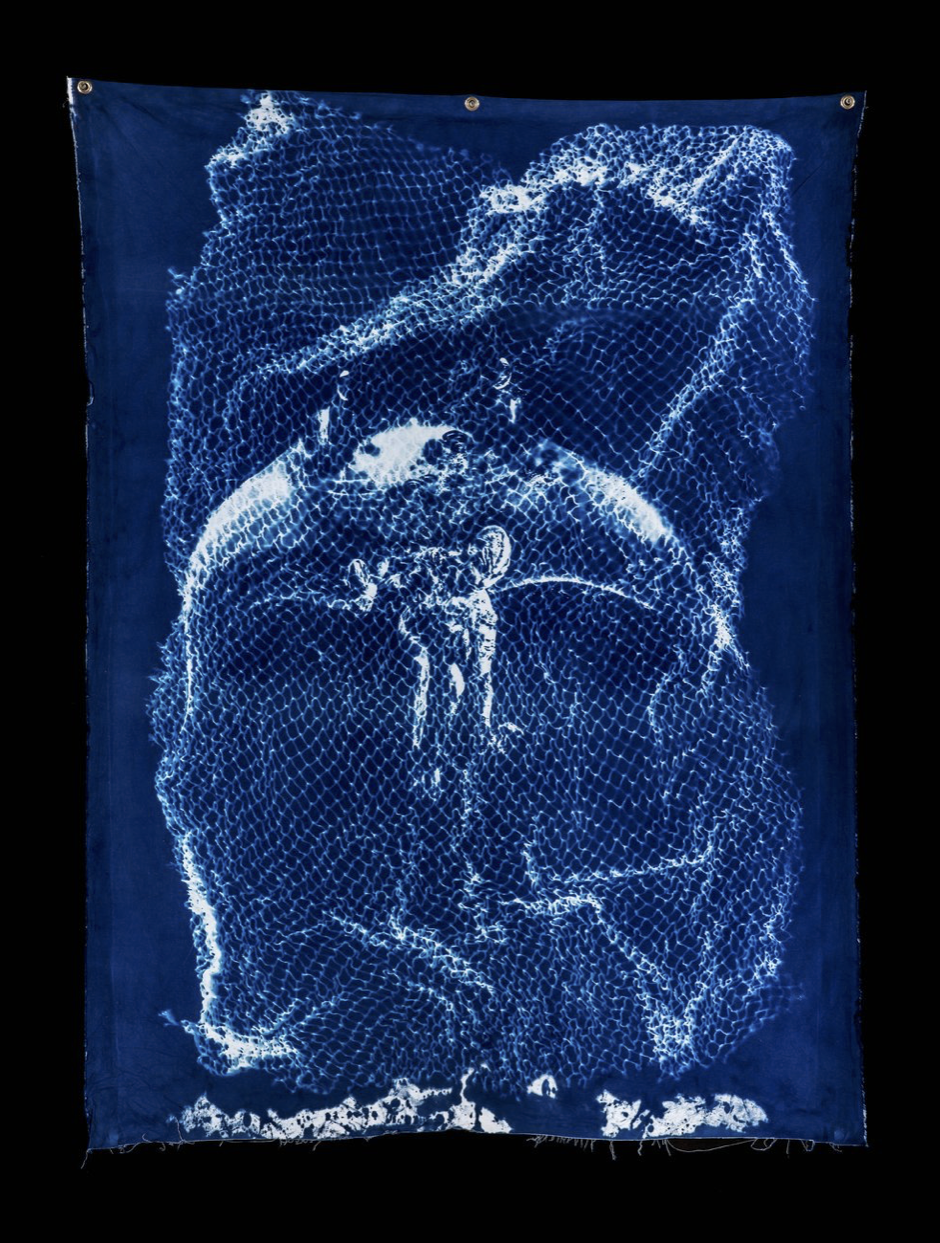
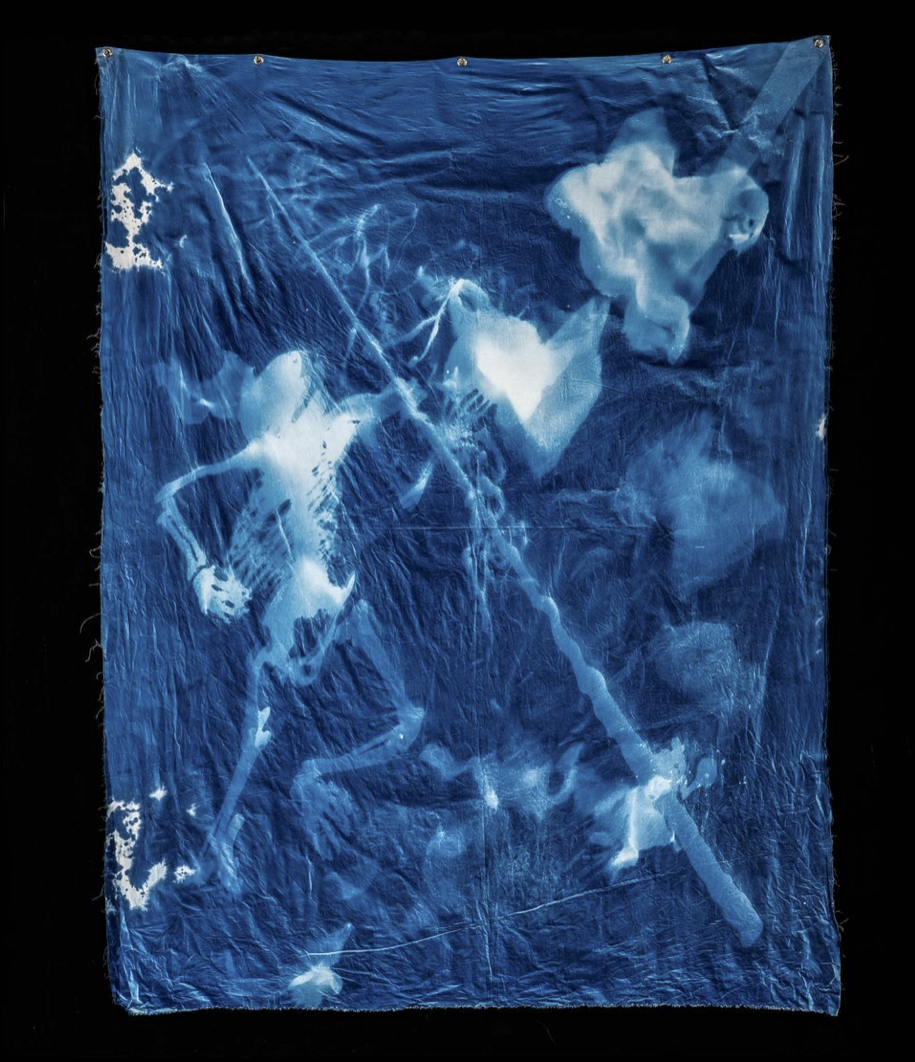
Evan Temchin
Damaged
For the past twelve years, my work as a photojournalist has provided me with opportunities to document the human condition. From beauty to horror, despair to elation, I use the camera to capture the full range of human emotions. As a result of this, I have, over the course of my career, become increasingly compassionate toward my subjects, often interacting and deeply sympathizing with them. Driven by this empathy, I have strived to create images that will resonate with those who view my photographs.
One issue that resonates with me personally, and one that is particularly close to my heart, is with regard to the trauma that exists in every realm imaginable: globally, nationally, societally, culturally—even personally. Trauma defines modern existence, and as a reaction to this brand of distress, human beings are susceptible to the development of mental illnesses. Here in the United States, for example, over 25% of individuals are diagnosed with at least one mental illness throughout their lifetime (National Institute of Mental Health). Despite this statistic, society has failed to adequately respond to mental illnesses. Instead, the mentally ill are categorized, stereotyped, and depersonalized, which only adds to their existing damage and suffering.
As a result of this lack of response, the pain already experienced by mentally ill individuals is exacerbated. More often than not, the mentally ill suffer in silence while hiding behind a seemingly “normal” exterior. Being marginalized and categorized as a mentally ill person separates the sufferer from “normal” society, which then results in a severed connection between the mentally ill individual and the possibility of a societal identity.
This issue reared itself into my personal realm as the result of an experience during college in which my girlfriend of two years nearly died of a brain tumor. Over the course of three excruciating months, I shared the stresses of her medical condition, only to have her end the relationship after she left the hospital. The entire experience devastated me, and I soon developed post-traumatic stress disorder (PTSD).
With my desire to appear happy when I was anything but, and my intent of hiding my profound suffering, I figuratively altered my outward appearance with what can only be described as a mask. As a metaphor and as a mirrored physical barrier, this mask is significant in Damaged. In an attempt to avoid being stigmatized, judged, or categorized as “less-than” or abnormal, the surface of the mask constantly changes, adapting to the various situations of the
damaged—the people who have internalized trauma, and the people who suffer from mental illness.
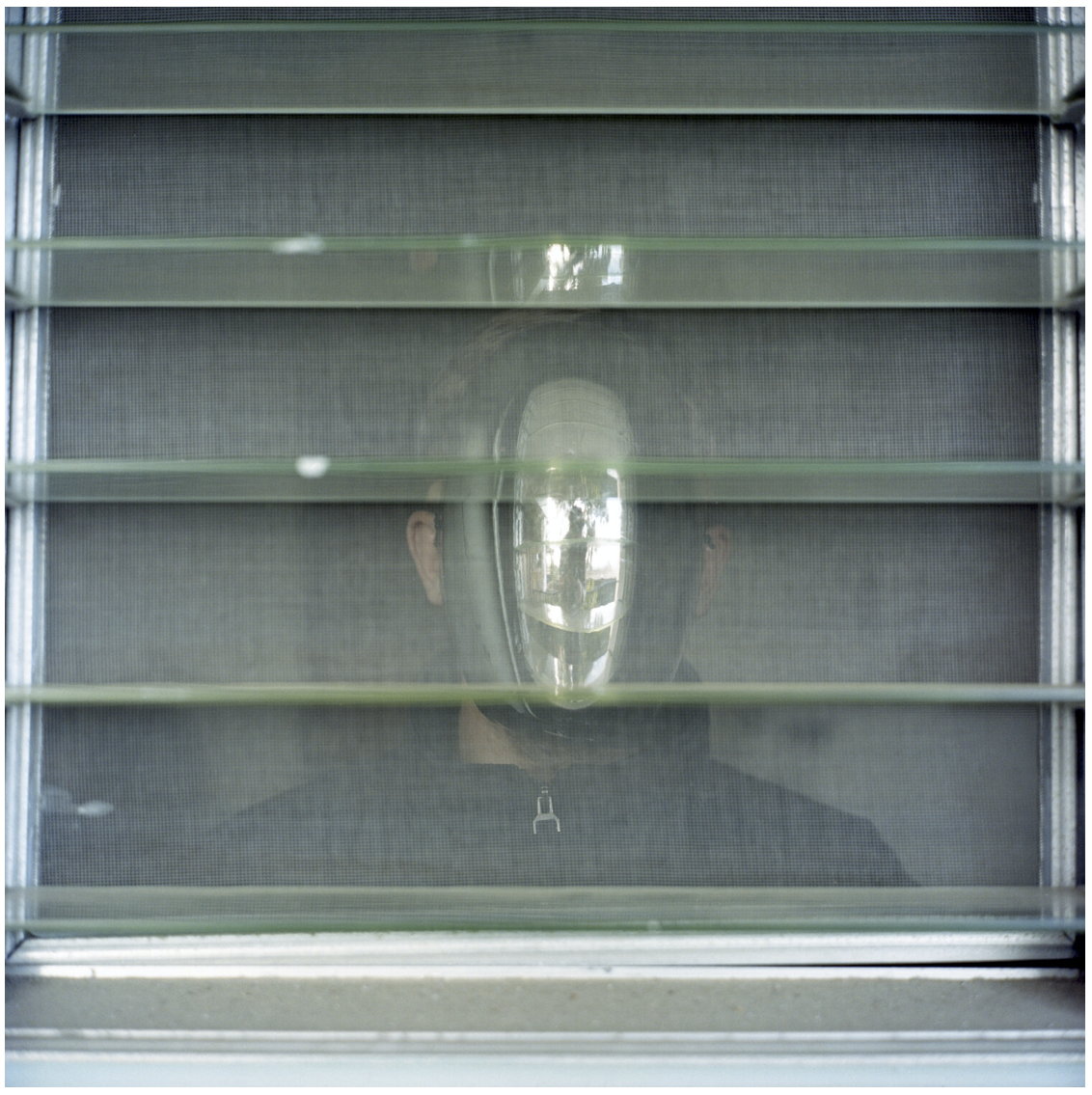

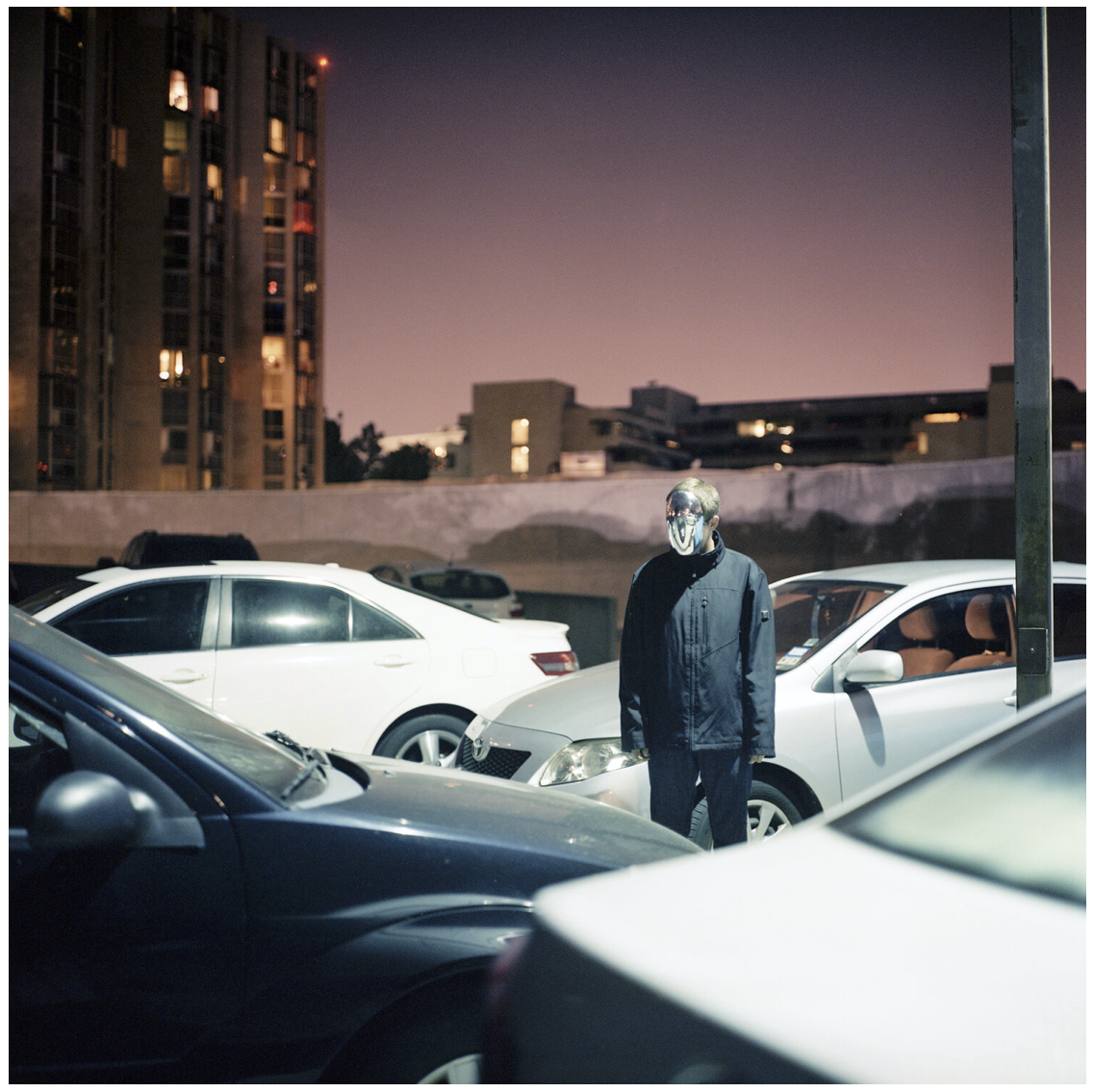
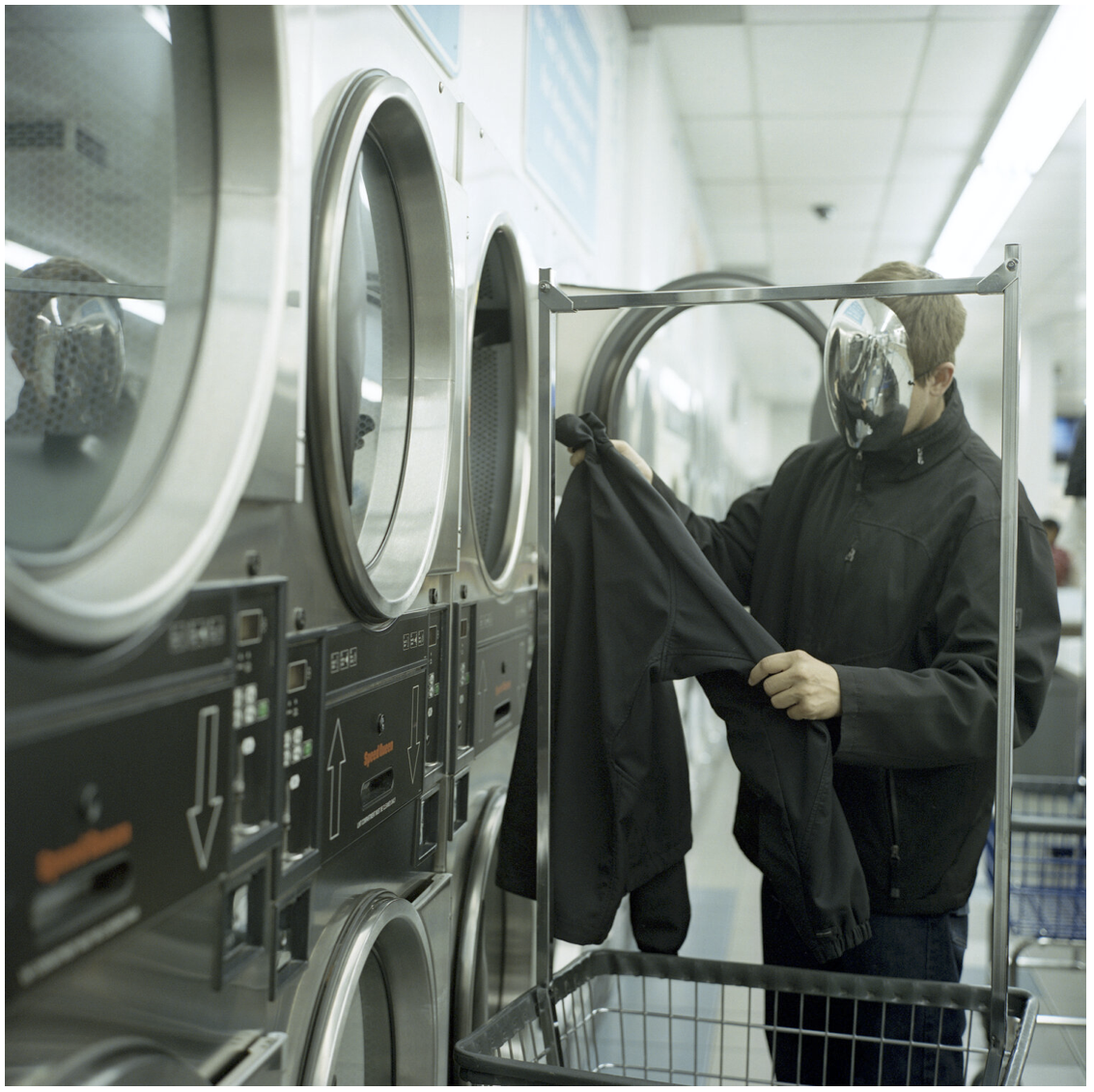
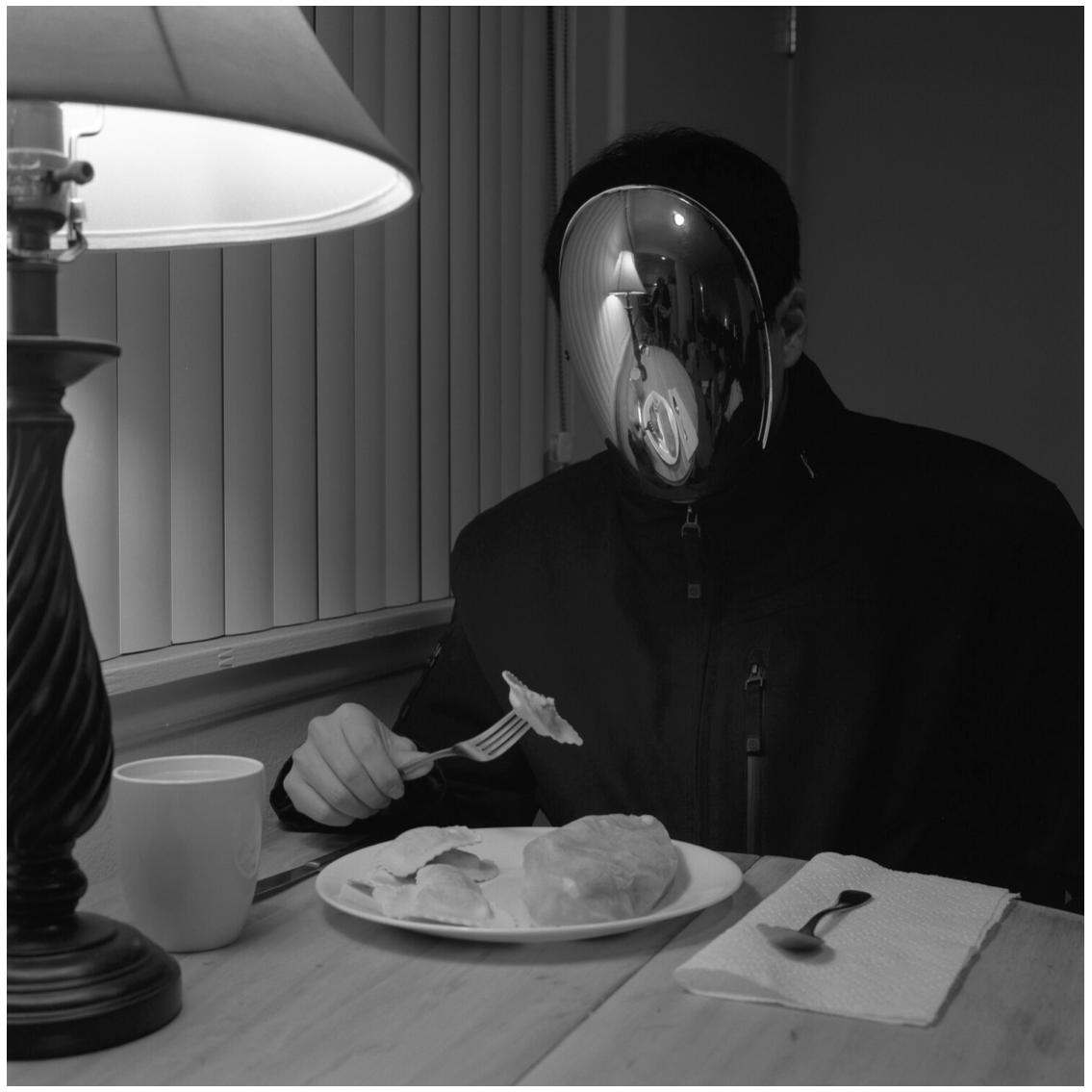
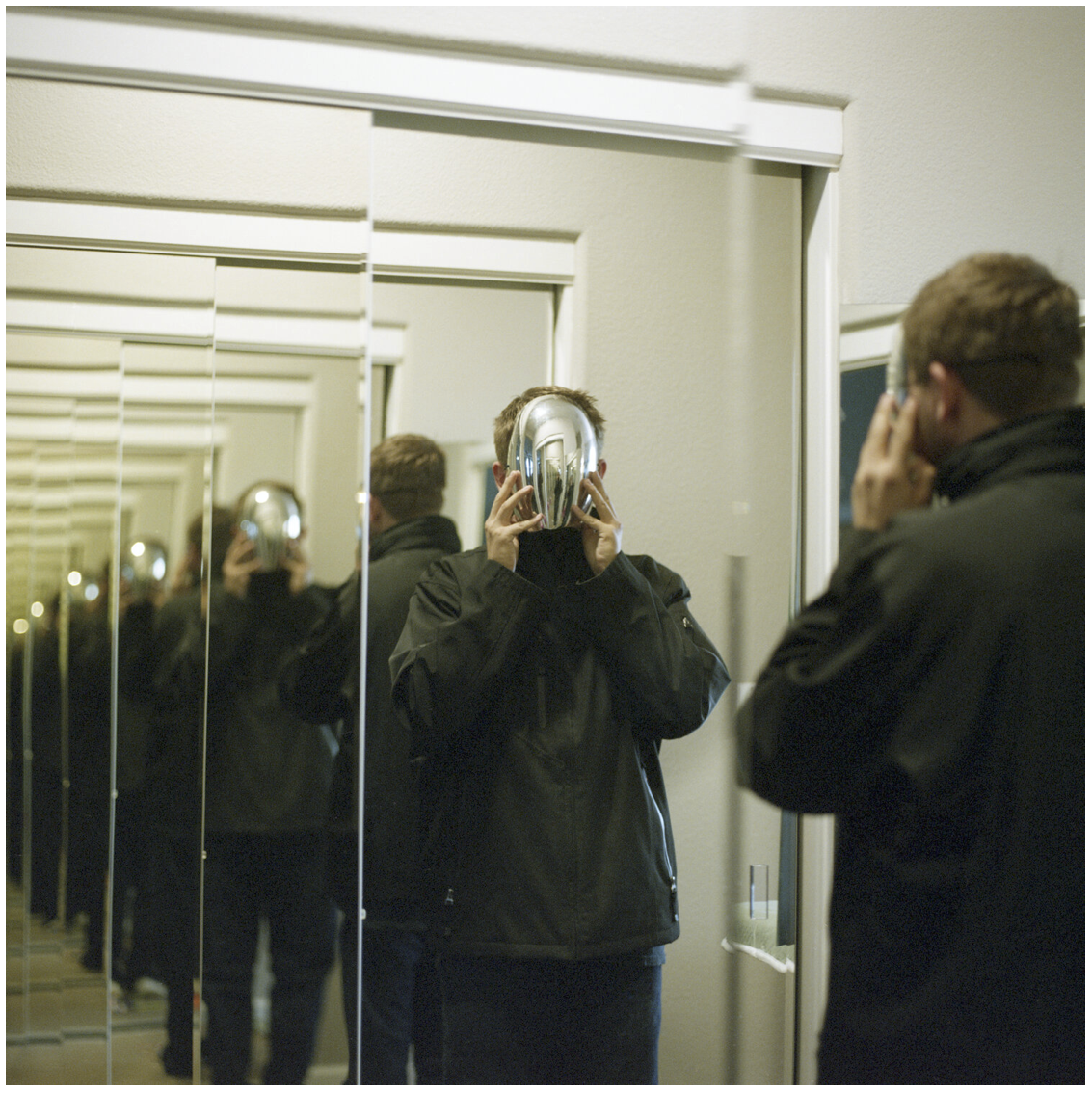
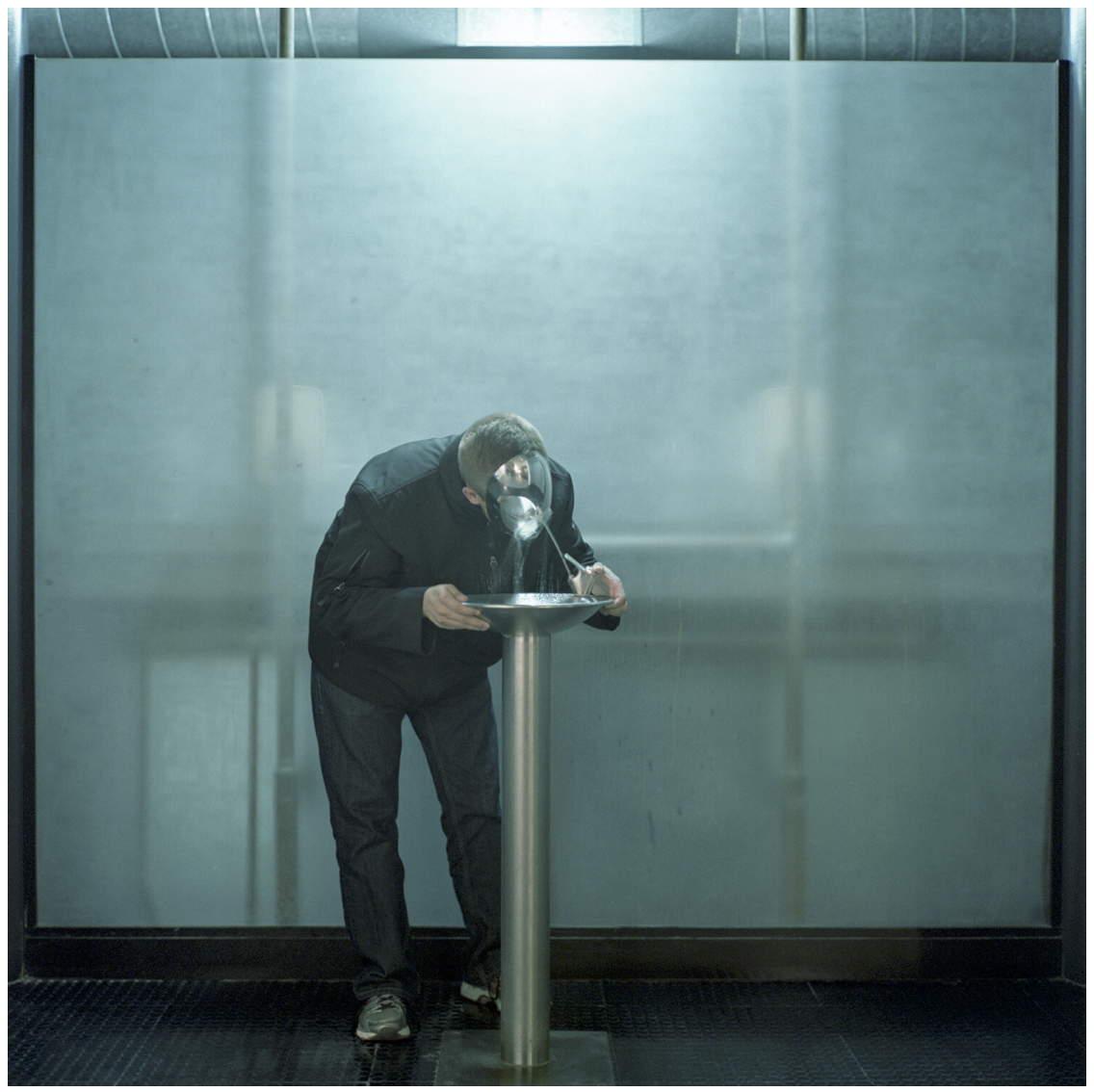
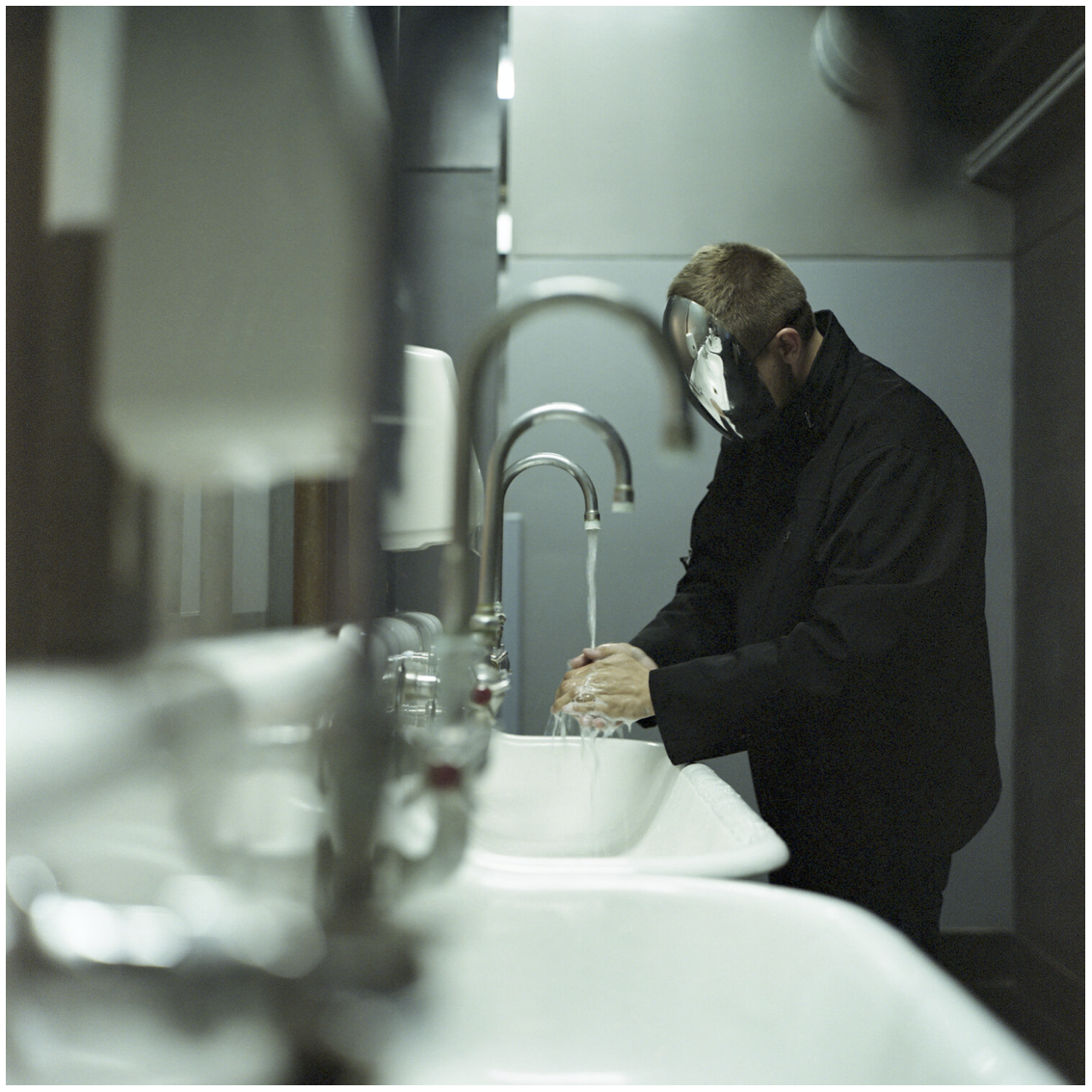
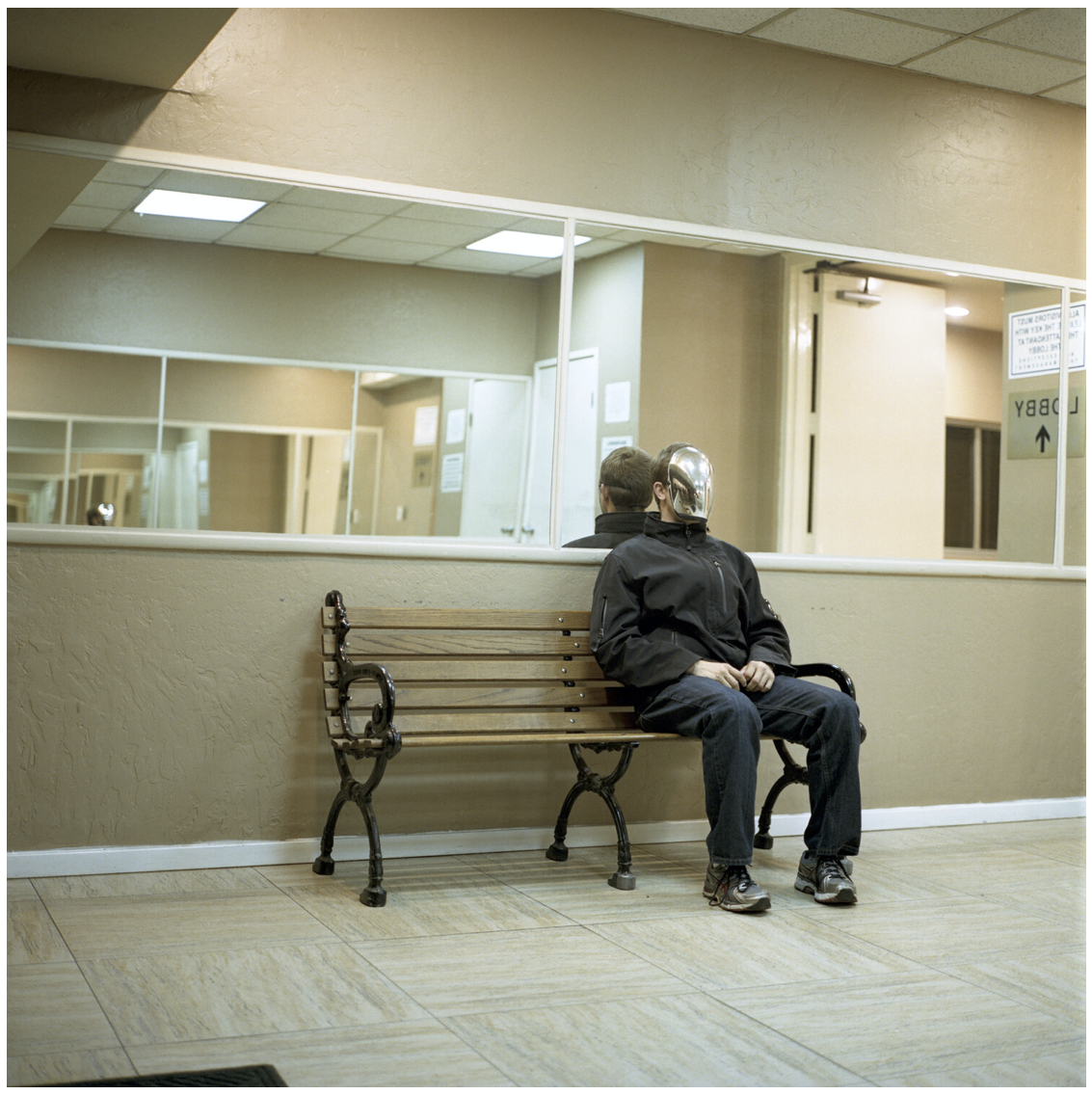
Helen D. Thomas
Lost and Found
Lost and Found is a series of eerie and haunting images of animal-human hybrids juxtaposed in modern scenes. Each image is a peak inside the head of a woman who has suffered the loss of a mother at various stages of her life. Paired with research, the images tell the tale of fear, isolation, abandonment, obsession, distorted sense of self and a lack of self worth through the use of allegorical animal masks used as metaphors to reveal internal personas.
Artist Statement
This body of work explores the consequences and complications that influence female identity due to the loss of a mother. This loss can cause a sense of abandonment, diminished sense of worth and distorted perception of self.
My own experiences of being a motherless daughter has lead me to create animal-human hybrids by photographing myself in masks. These masks are not meant to hide, but rather to reveal an allegorical internal identity. Each allegorical hybrid tells a story of inner struggle, fear and confusion. The pain in the searching for identity is thus revealed.









Inevitable Collapse
Bill Edwards
ABSTRACT
The narrative photographic body of work Inevitable Collapse demonstrates a series of surreal perspectives surrounding the issue of honeybee colony collapse disorder. The martyr of this narrative is the fallen honeybee altered in scale and placed within disturbing circumstances that would otherwise be normal everyday occurrences. The disruption and inconvenience posed by the distressed visuals altered by the very chemical poisons surrounding the issue of colony collapse disorder forces the viewer to engage on several levels.
ARTIST STATEMENT
Inevitable Collapse explores the repercussions of honeybee colony collapse and warns of a foreboding future. The application of pesticides has led to unprecedented declines in bee and pollinating insect numbers. Our symbiotic relationship with pollinating insects remains crucial to our food production. Assaulting our partners in agriculture translates to a direct attack upon humanity. As a visual artist, I demand a call to action for one of the most crucial issues of our time. By utilizing poisons in my process, the undeniable truth of humankind’s folly becomes irrefutable through the narrative of the fallen honeybee.
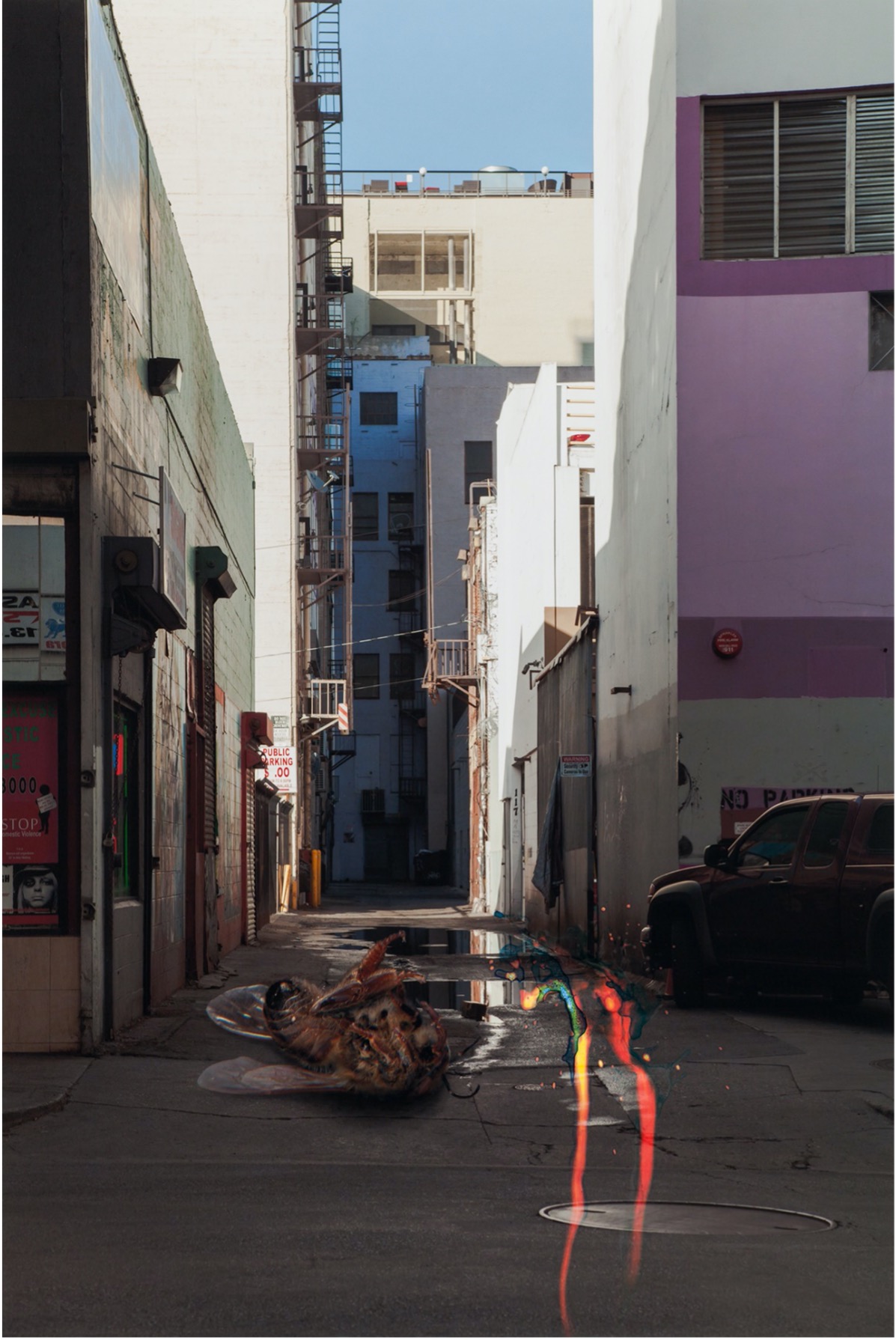

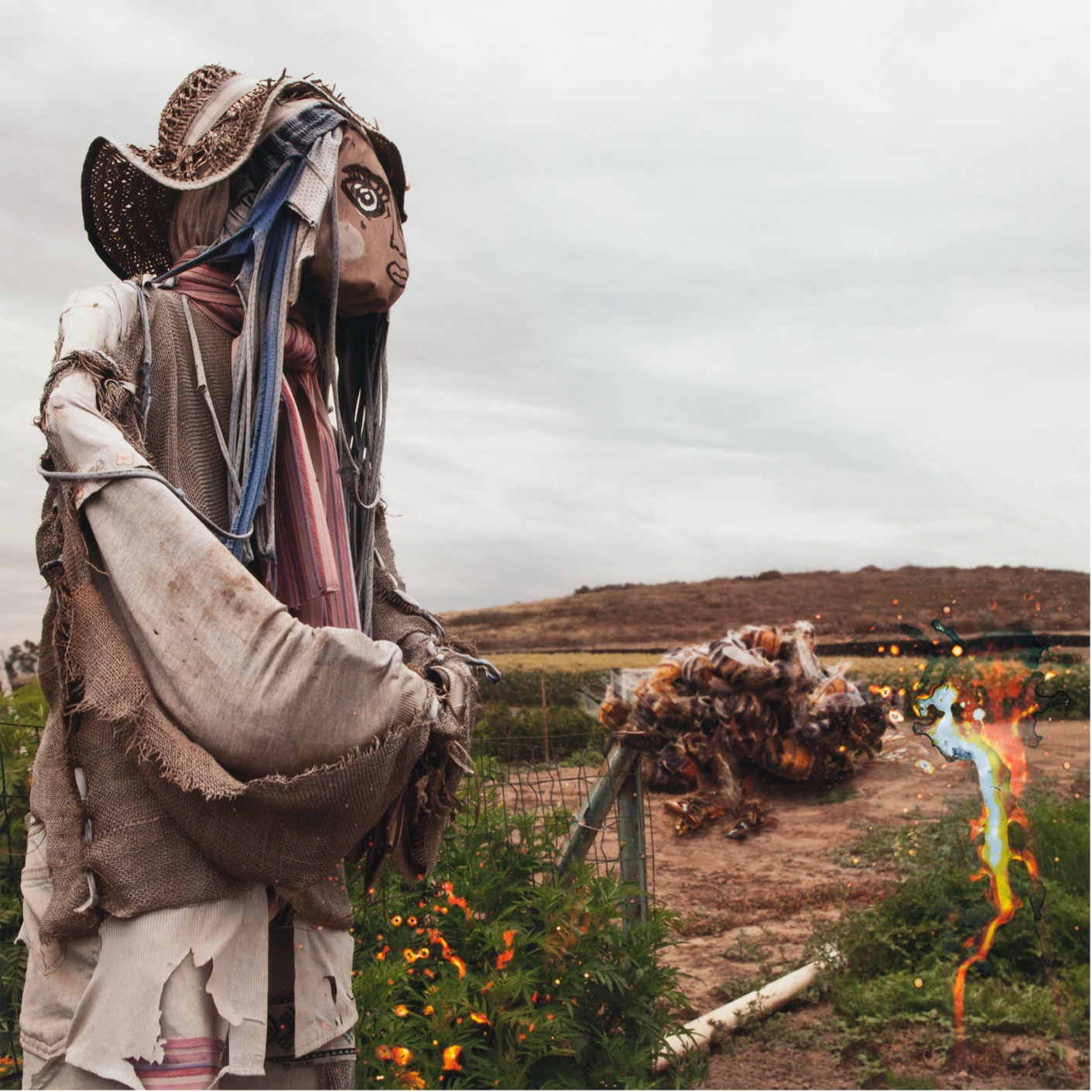
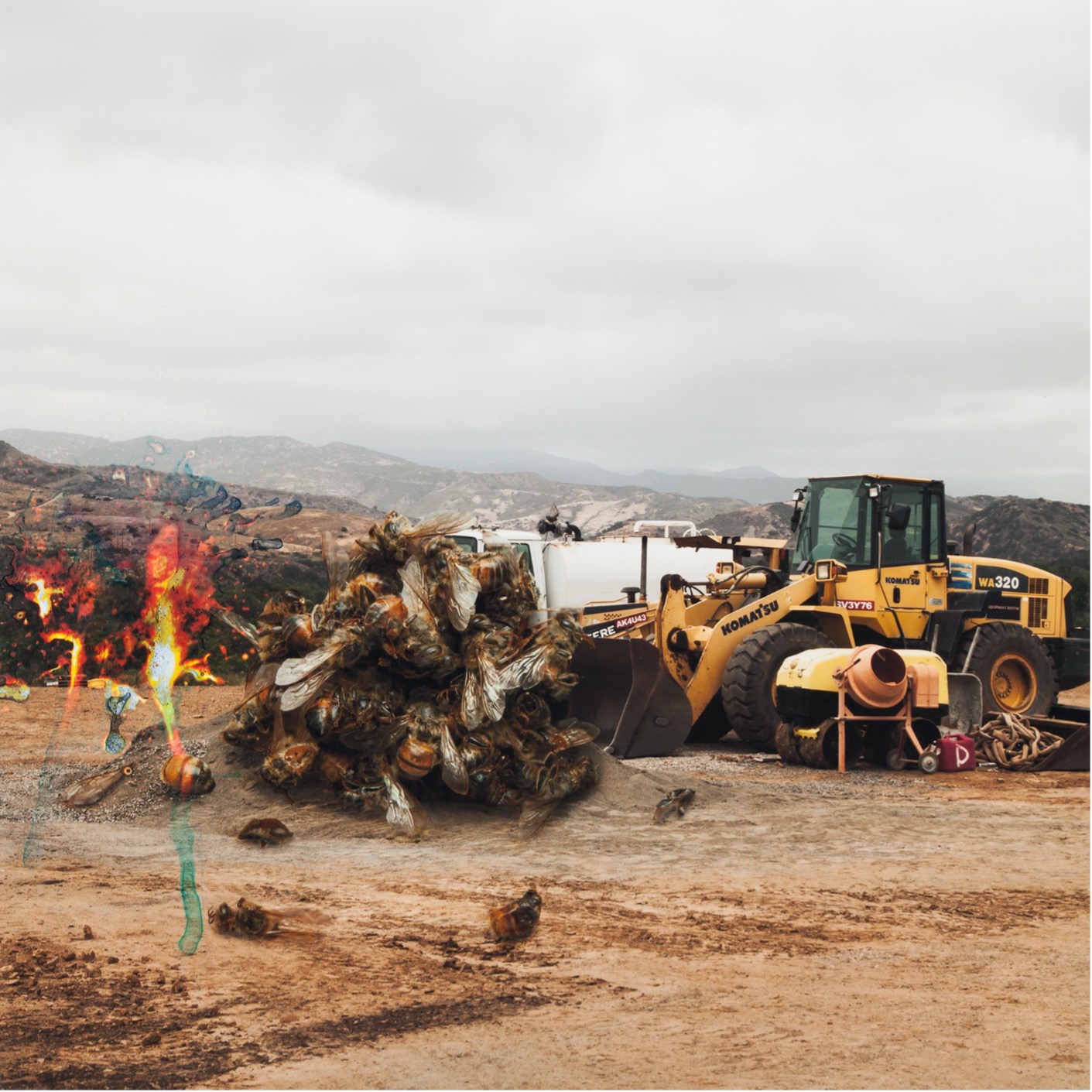
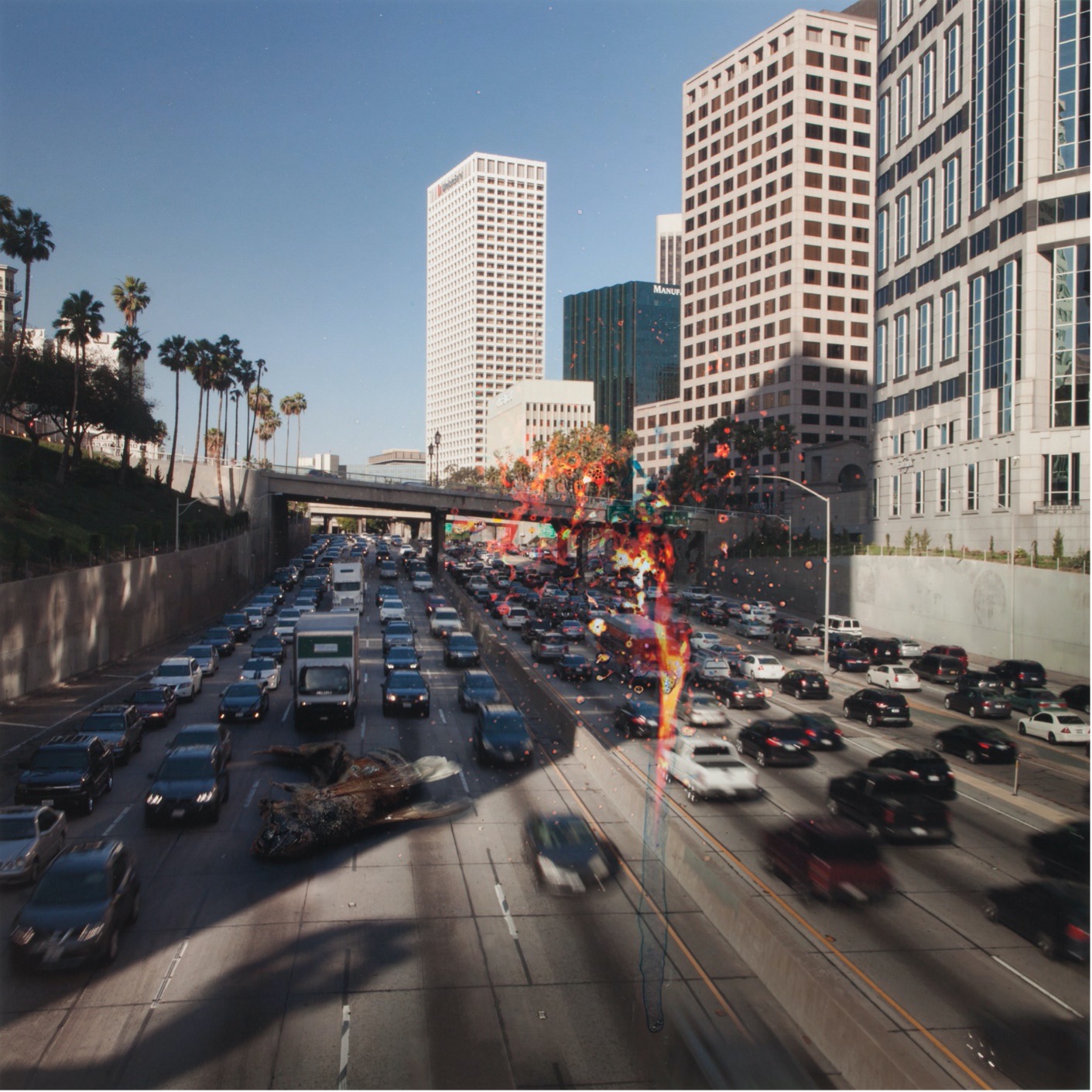
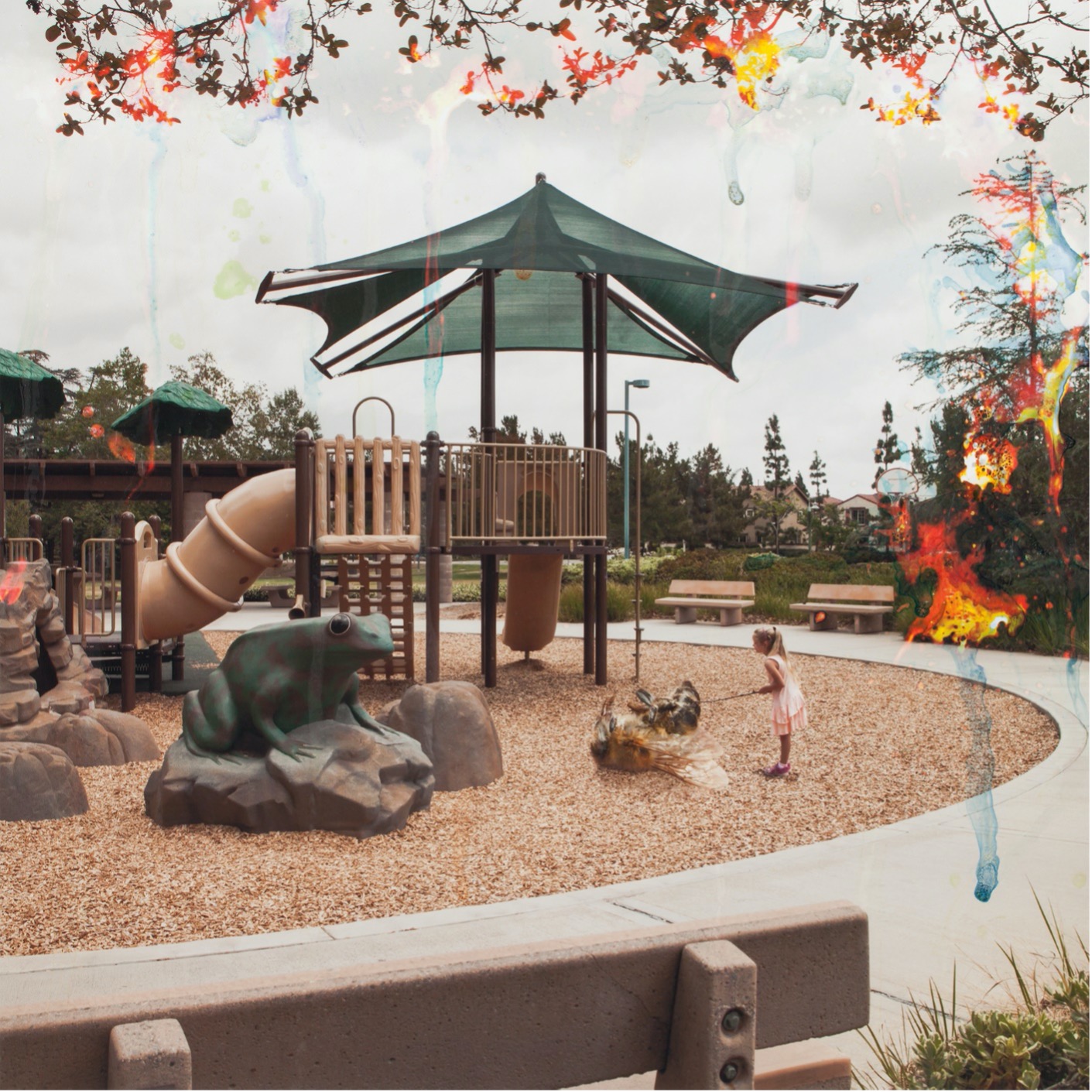
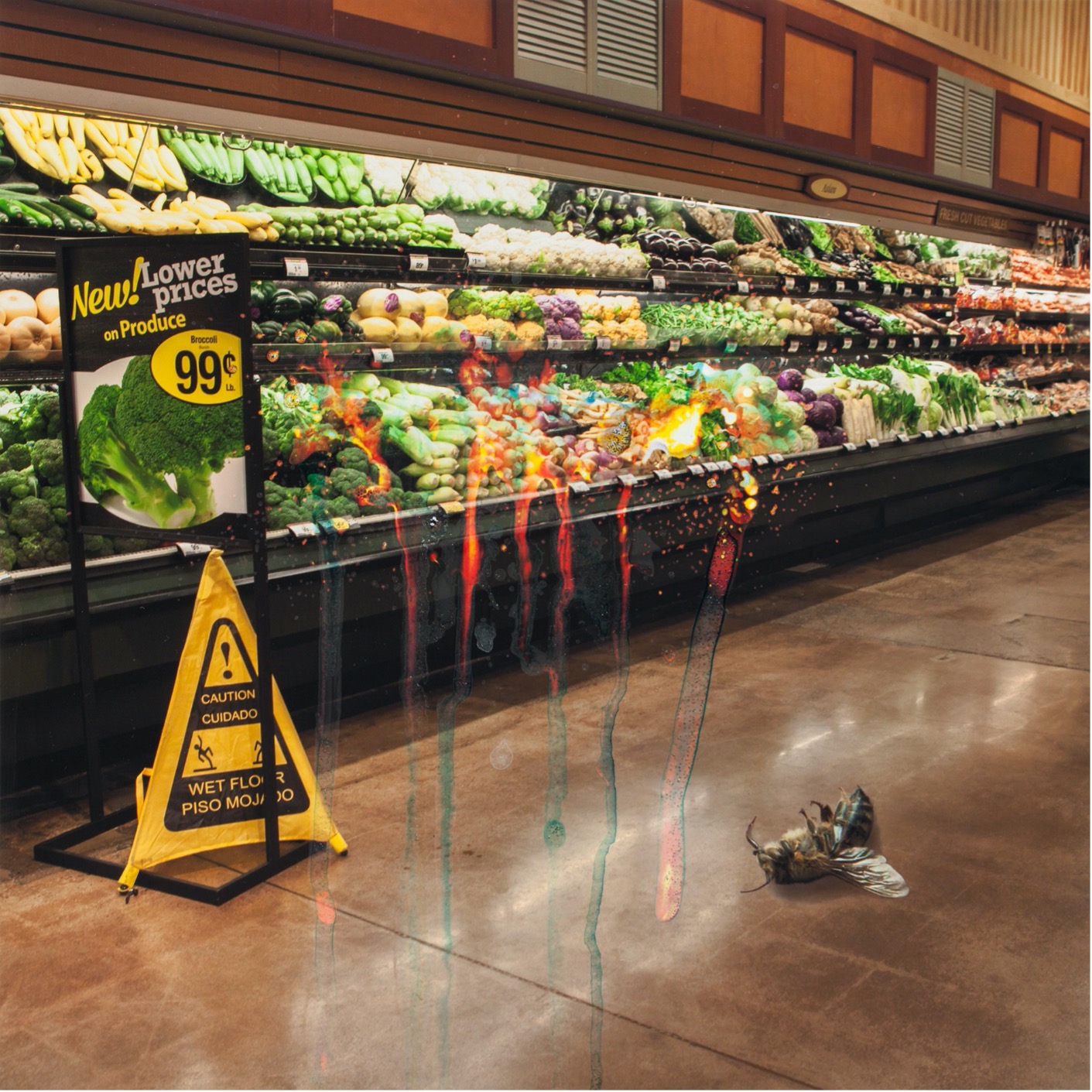
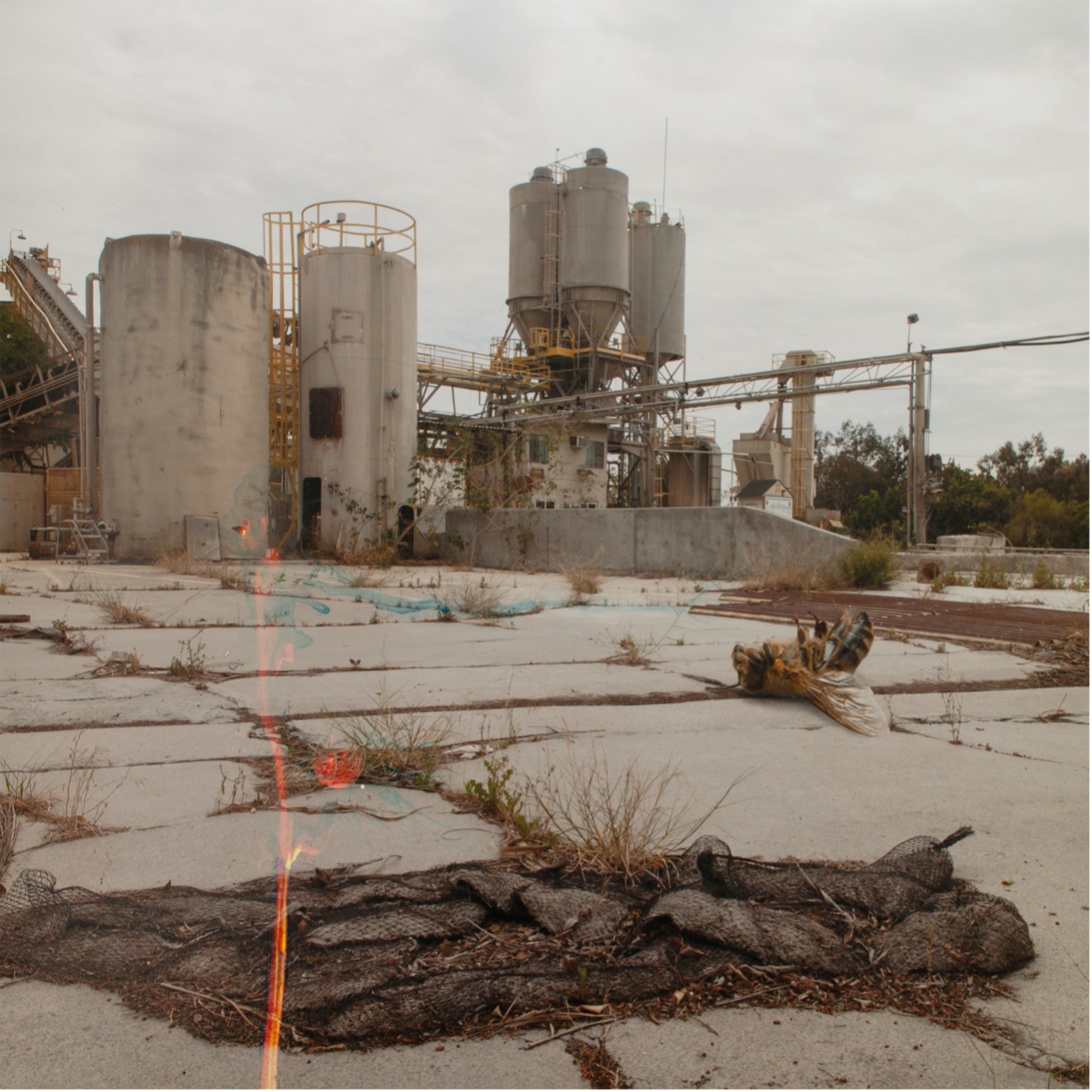

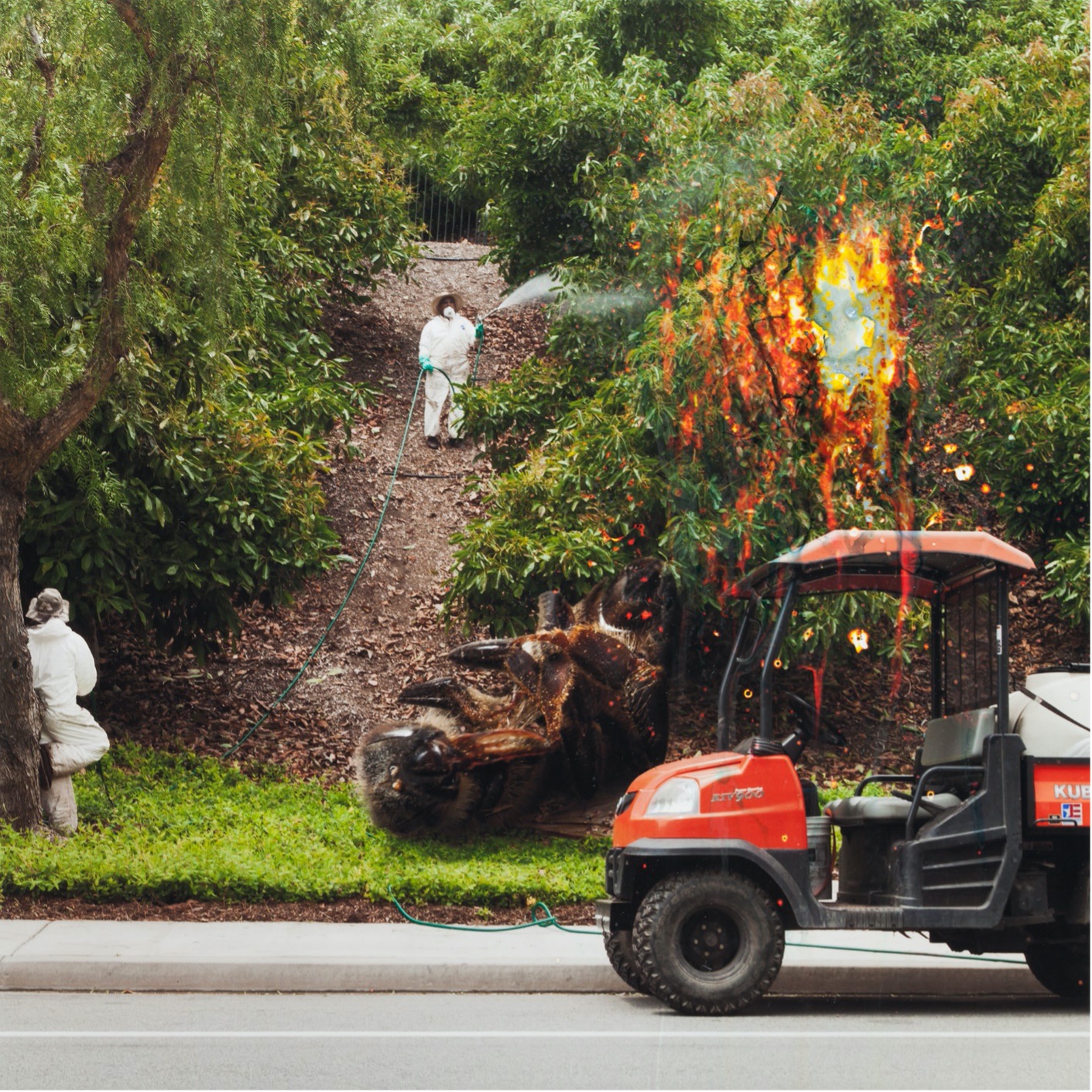
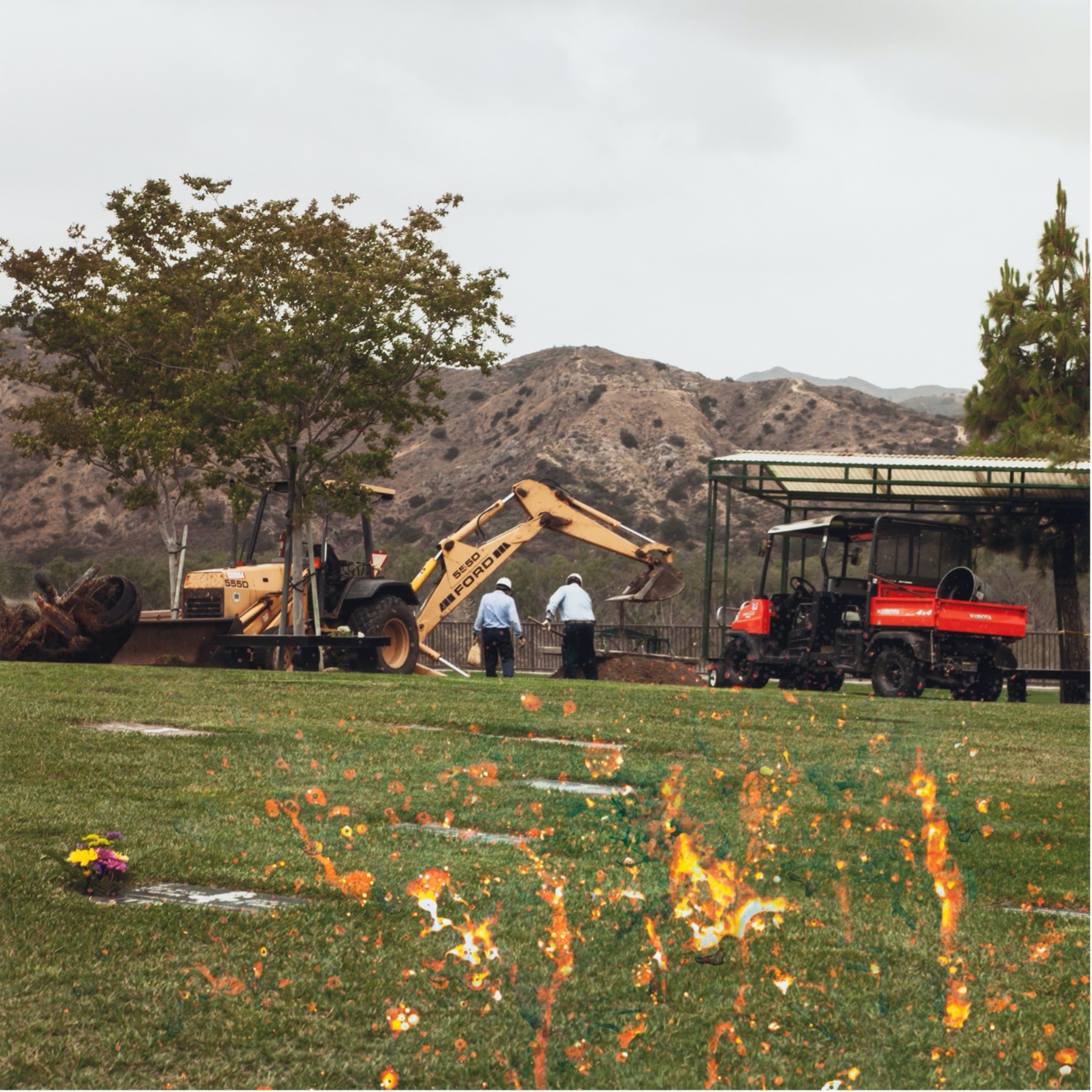
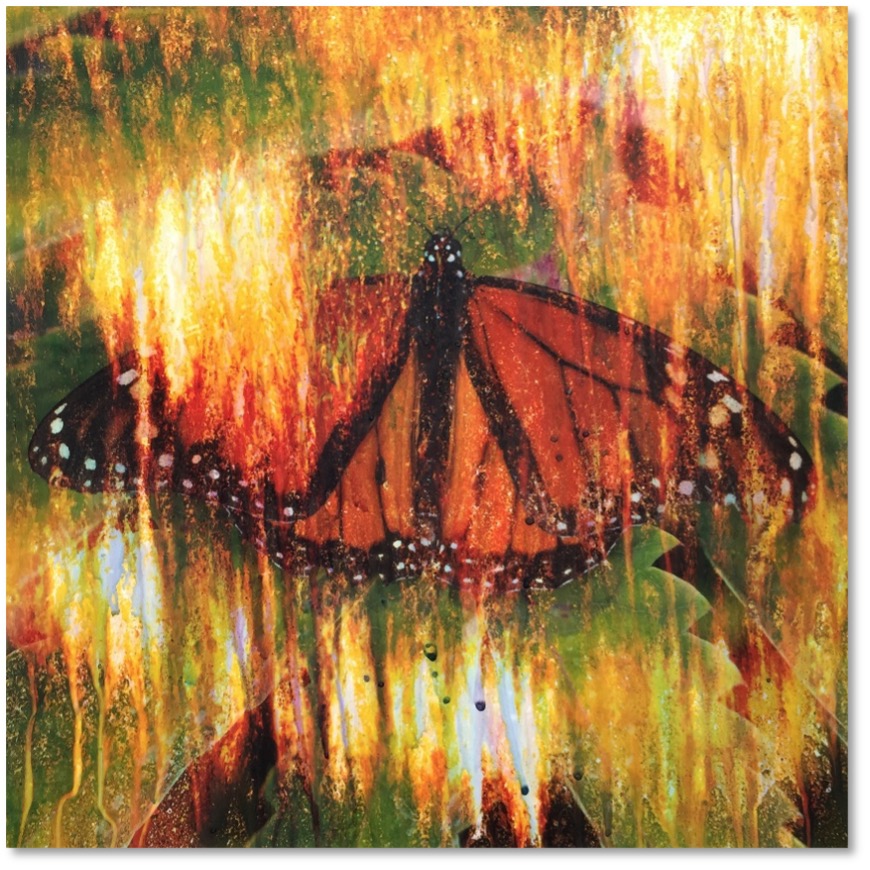
Andrew Repcik
“…Come to Naught”
ARTIST STATEMENT
The early to mid twentieth century Russian scientist Dzhon Dou inspires these images. Although the communist party purged the formal records, I have recreated a visual representation ofhis experiments from notes and eyewitness accounts that remain. These examples of extreme experimentation demonstrate humanity’s lack of moral discretion. A new world of genetic engineering, cloning, and other emerging technologies such as gene splicing now challenges our ability to remain within ethical boundaries.
CONCEPT STATEMENT
Moral and ethical concerns regarding the potential misuse of genetic engineering provides the driving force behind my work. I reference historical instances of extreme experimentation to provide a tangible link between the real world and the Frankenstein cautionary tale created here. In doing this I open a dialog about the implications of utilizing technological advancements without consideration of their consequences.
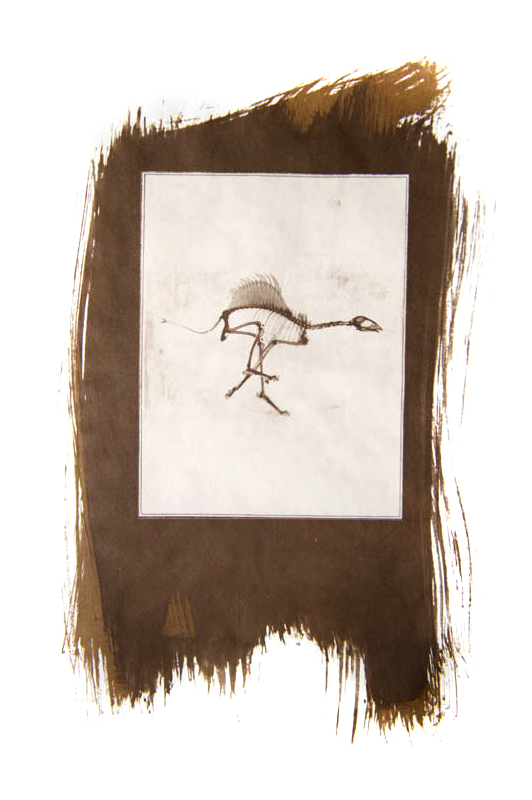
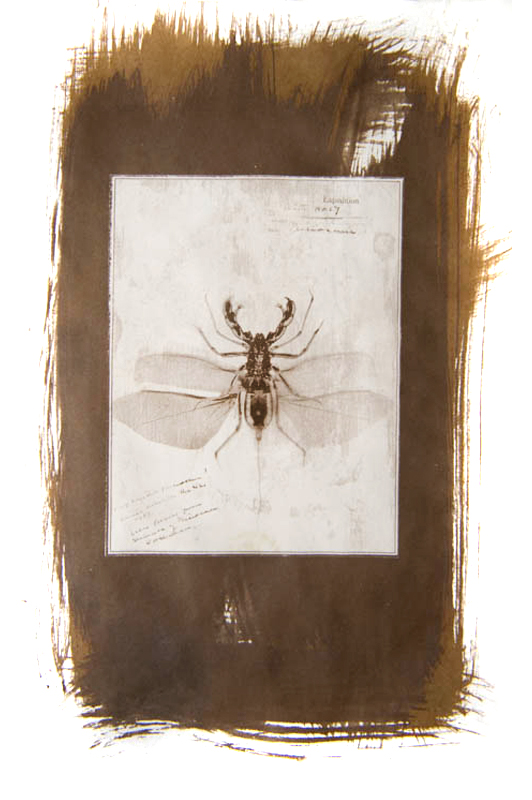
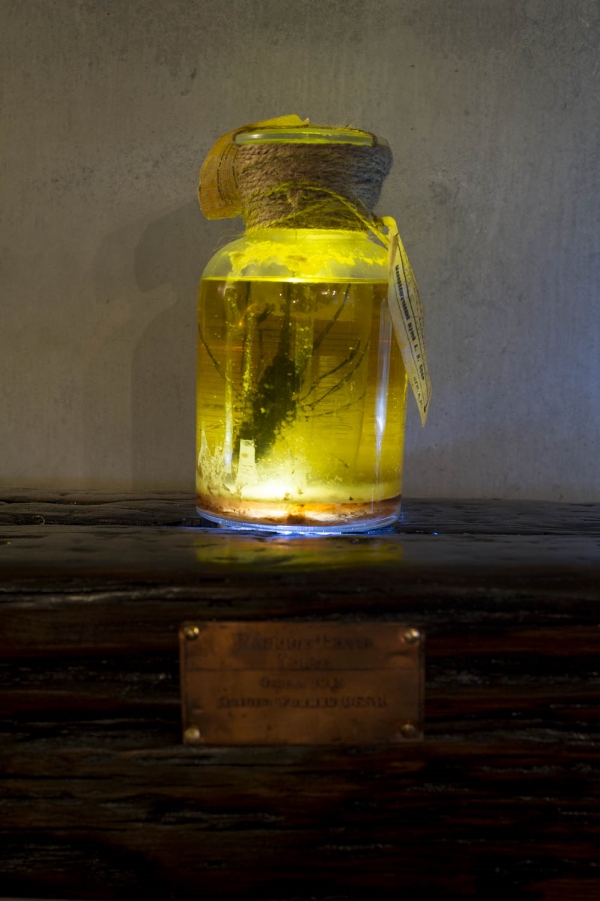
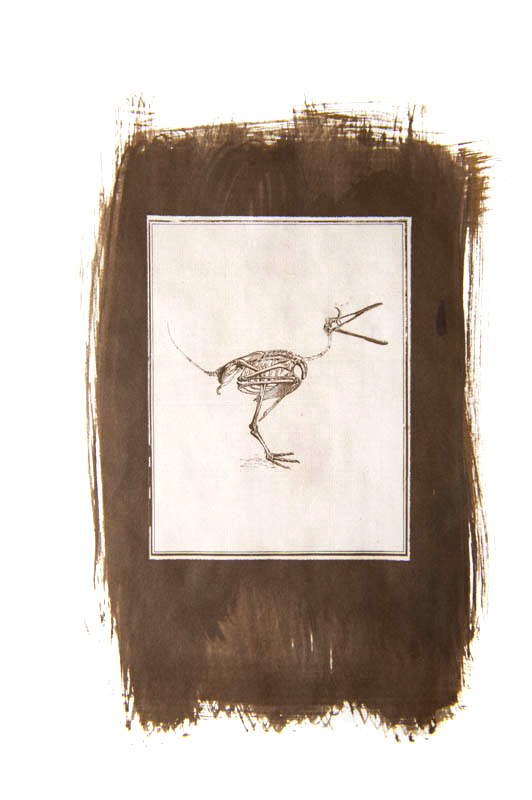
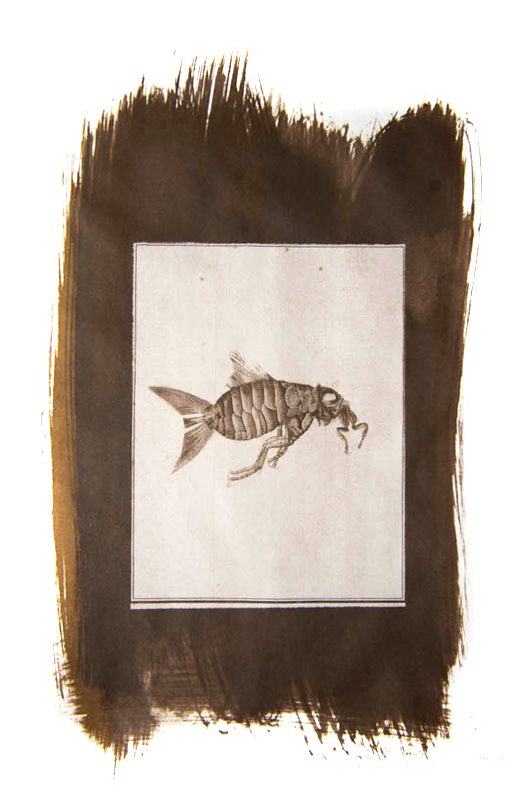
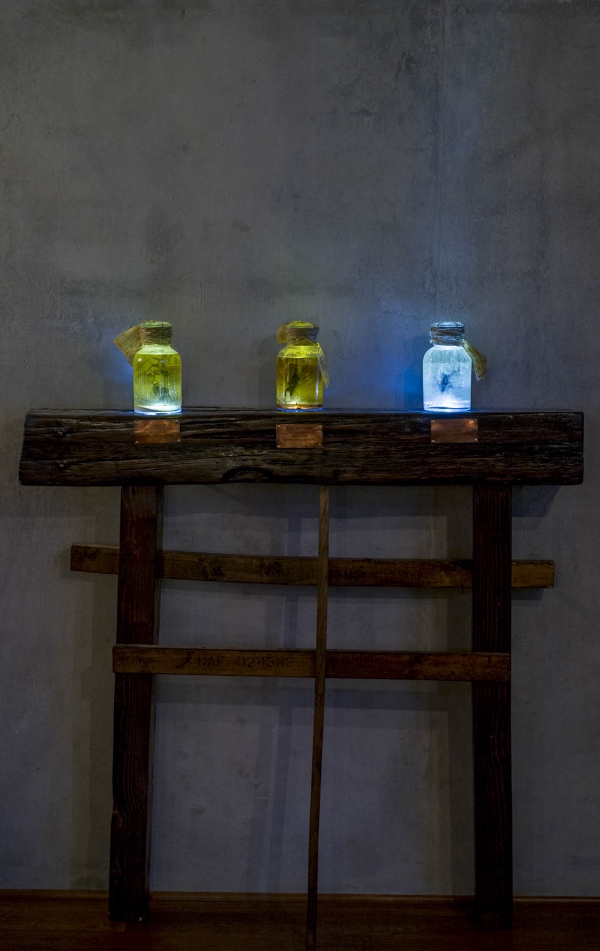
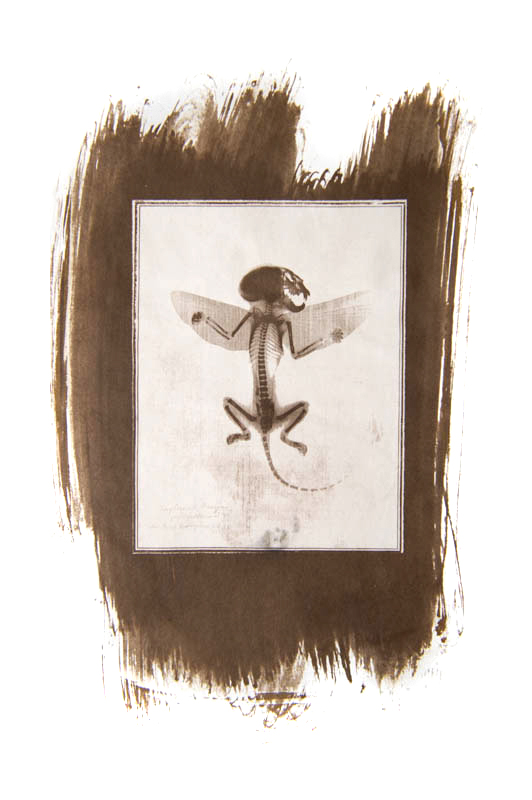
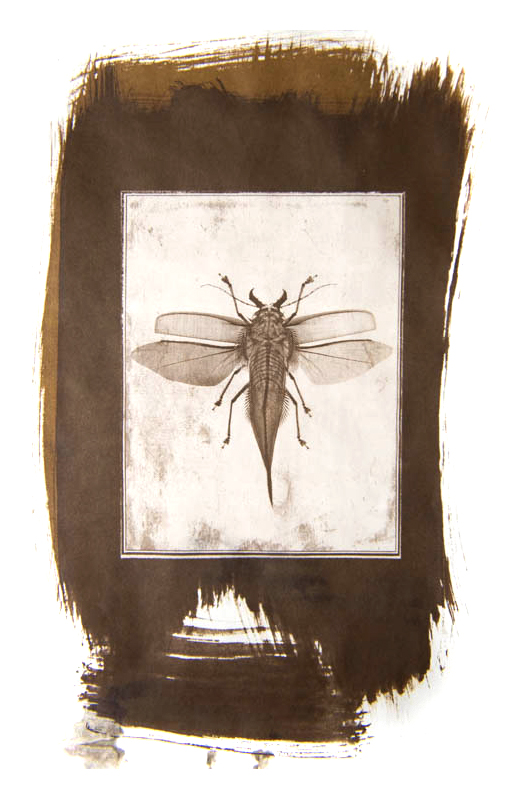
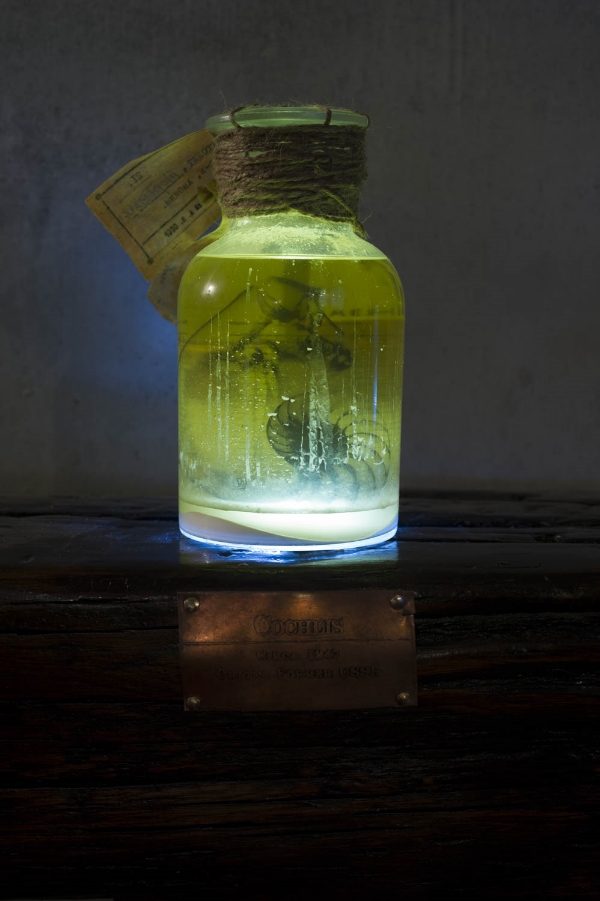
Benny van der Wal
Mojave Trashscapes
Artist Statement
The Mojave Desert is part of what was once referred to as the Wild West:
a lawless frontier free from responsibility and consequences. Not much has changed. In recent history, this anonymous wasteland has experienced a variety of destructive human behaviors from the testing of nuclear bombs to the dumping of personal garbage.
For these images, I spent significant time in the desert exploring how human feelings of entitlement for the earth are accepted. I therefore used found trash as both subject and form. Although the unspoiled landscape is nearly impossible to discover, I find that the Mojave Desert remains a priceless resource that provides beauty, solitude, and peace. I hope that my images will encourage viewers to help preserve this treasure for future generations.
Abstract
Mojave Trashscapes is a series of photographs featuring found trash as a way of illustrating that
the Mojave Desert is treated as a wasteland. Human feelings of entitlement for the land originated
with early European pioneers who thought of the region as a dead zone, and contemporary land-use policies perpetuate the idea that the area is worthless. Every day, destructive activities like testing weapons and dumping garbage occur in the Mojave. The trashscapes reflect social and environmental problems through a visually playful style presenting trash in satirical scenarios.
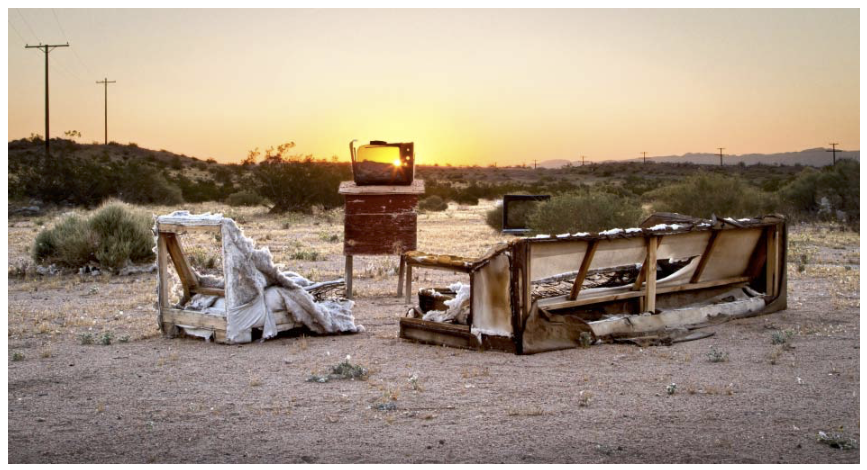
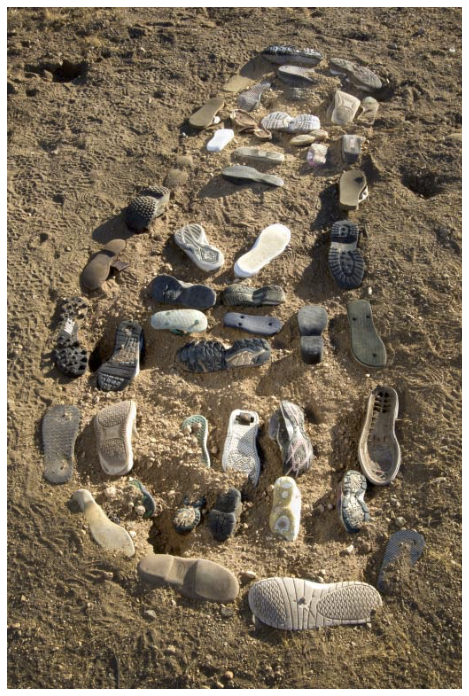
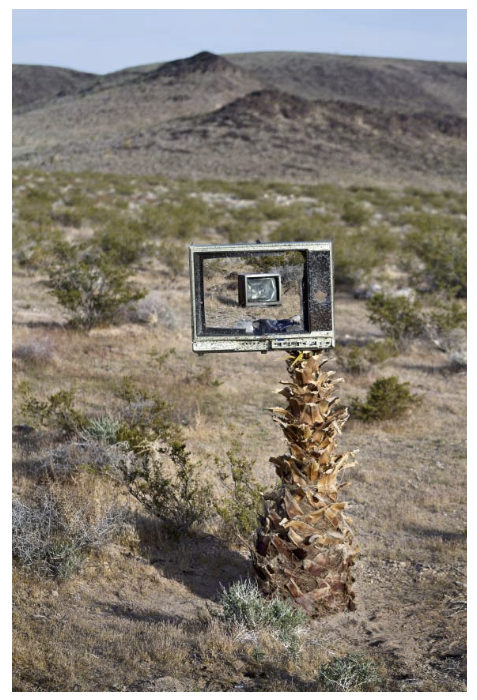
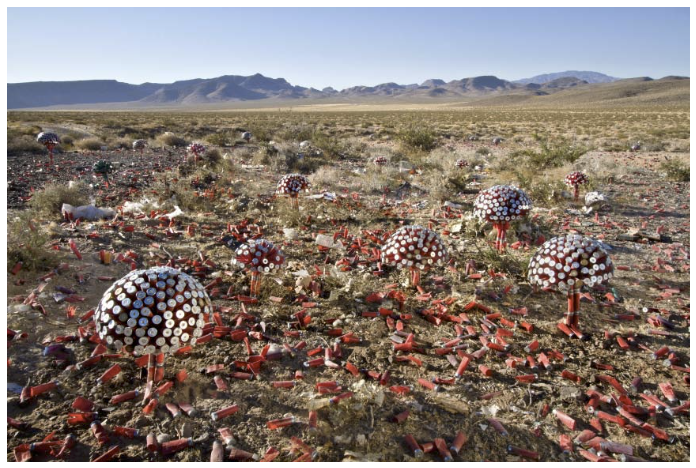
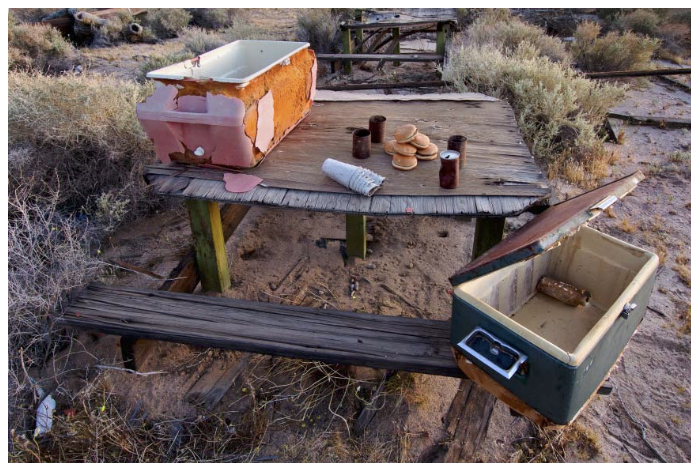
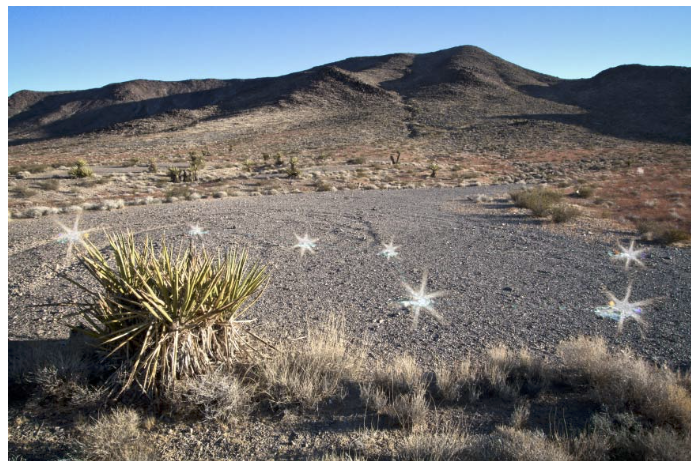
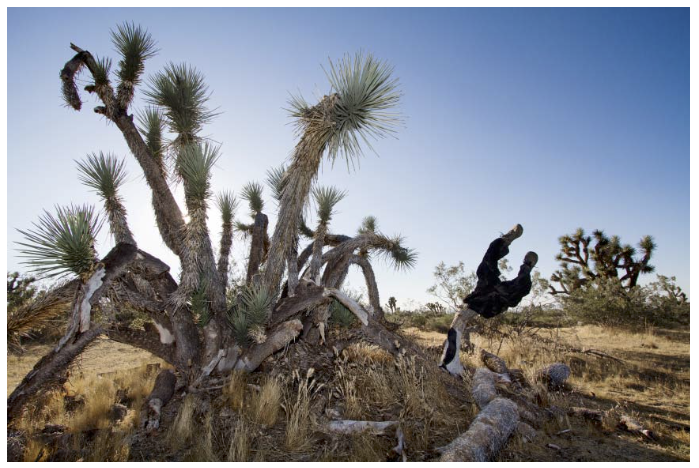
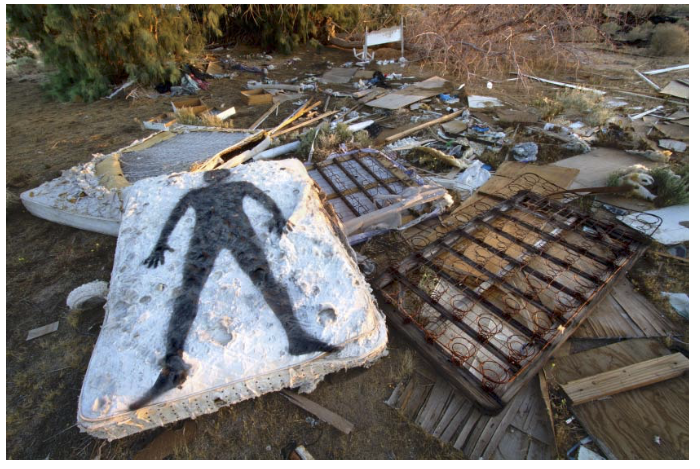
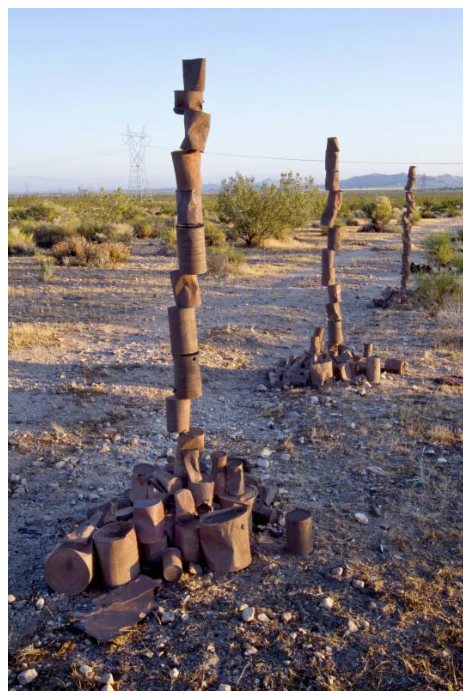
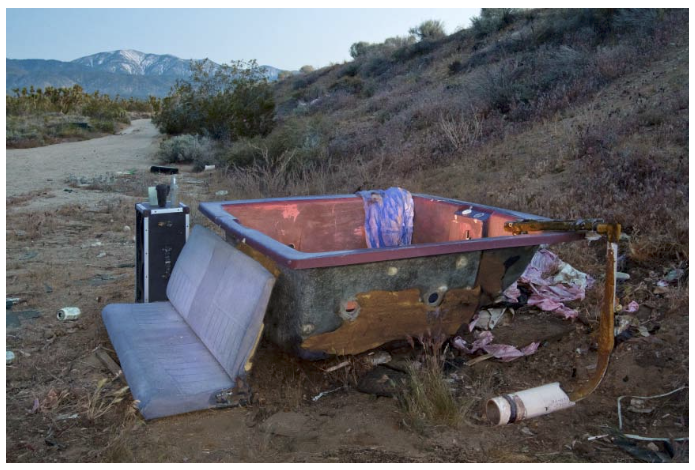
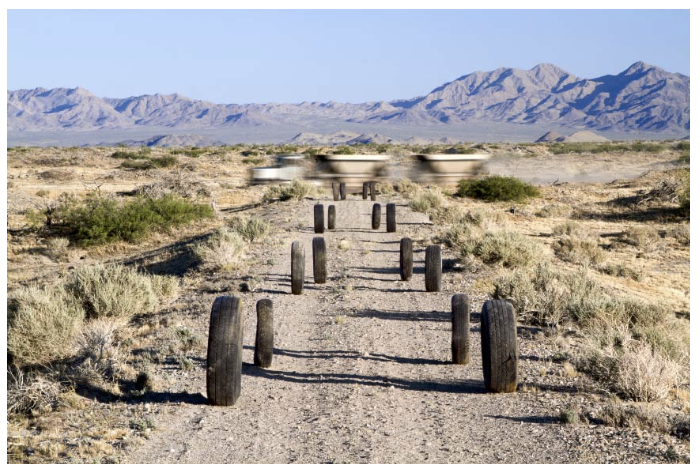
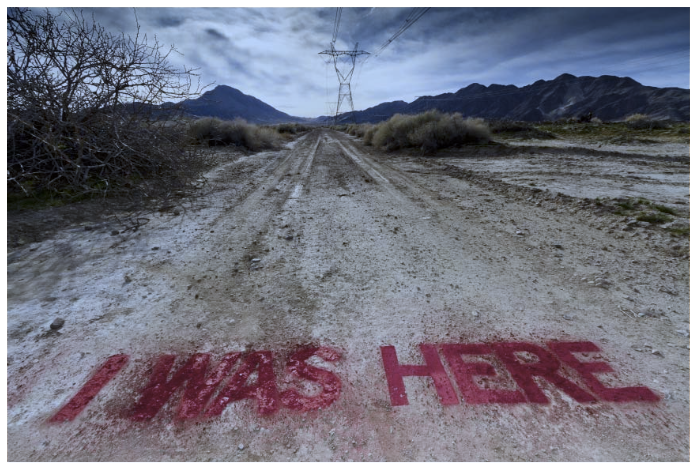
Human Pangea: A Visual Jazz Story
Joycelyn Wilson
Abstract
Race in art has always shown us where we are as a community, country, and world. Art has been used to depict a race—good or bad—exalt or demean a race, educate, document, and showcase races of people to each other. The images in this body of work examine the future of race relationships and how current offspring will unfold new racial identities in the years to come. A change in our DNA is often labeled a mutation. Of course, not all mutations are negative. Racial blending creates a host of new and exciting mixtures of people, or mutations. The future of multiracial pairings, I believe, will yield a new one-race world. Pangea is a term used to describe the earth when it was one supercontinent, so Human Pangea suggests that humans will become so multiracial that we will no longer classify ourselves as different races but rather one. To illustrate this I chose to feature distortion in my work. Through distortion techniques I display the merge of facial features and hues.
Artist Statement
Our multiracial heritage is morphing us into numerous racial designs. As a fine art photographer, I seek to capture a glimpse of these changes, these faces of the future. For me, there is a type of human topography made up of contours, shapes, and forms that are in constant flux. We meld, morph, and blend into a new human landscape daily. This is a kind of visual jazz and it is what I seek when I look through my lens. I am searching for our destiny as peoples of the earth. We are like Pangea, a modern term used to describe an ancient earth when it hailed as one landmass, some 250 millions of years ago. We, now, are headed on a harmonious collision course to form a new body of people, merged into one racial construct—a Human Pangea.
Hoping to capture this merger in a flash of light is what brought me to a surrealist adventure in which I gathered people of every race and used reflective materials to distort their features. These improvised distortions are exaggerations designed to compliment the obvious and unusual ethnic combinations transforming our species today. With this visual endeavor, I relieved myself of the everyday standard of beauty, the mundane, the familiar molds of people. At times, the models and I engaged in a type of exploratory dance designed to capture the glory of our trending multiracial ethnicities. The models would step one way, and I the other; the images emerged somewhere in between.
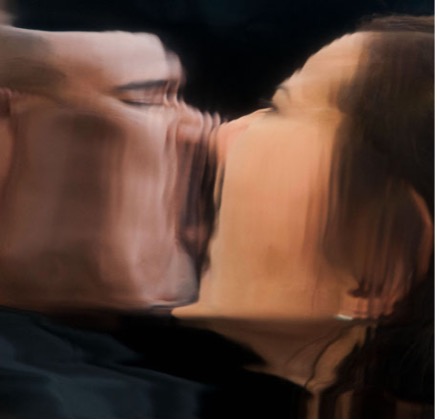
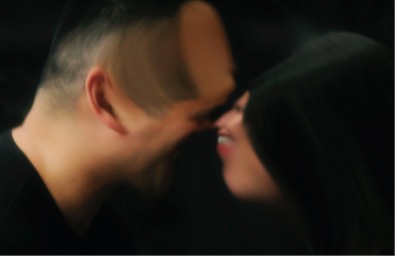
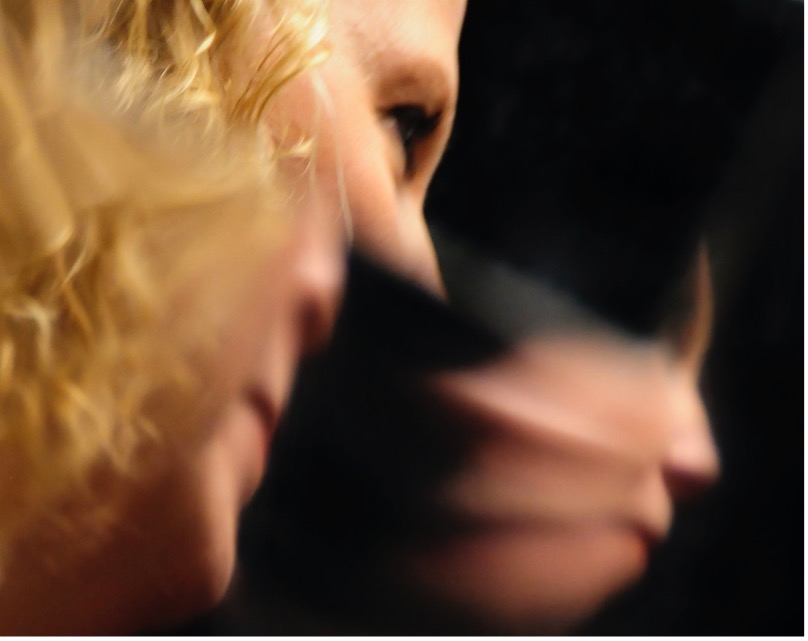
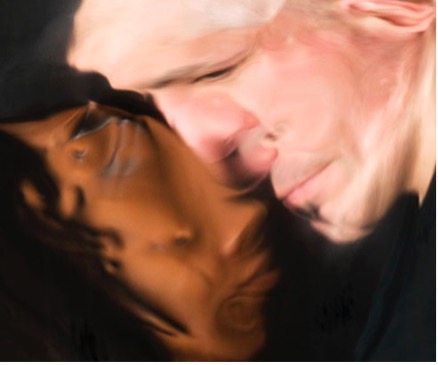
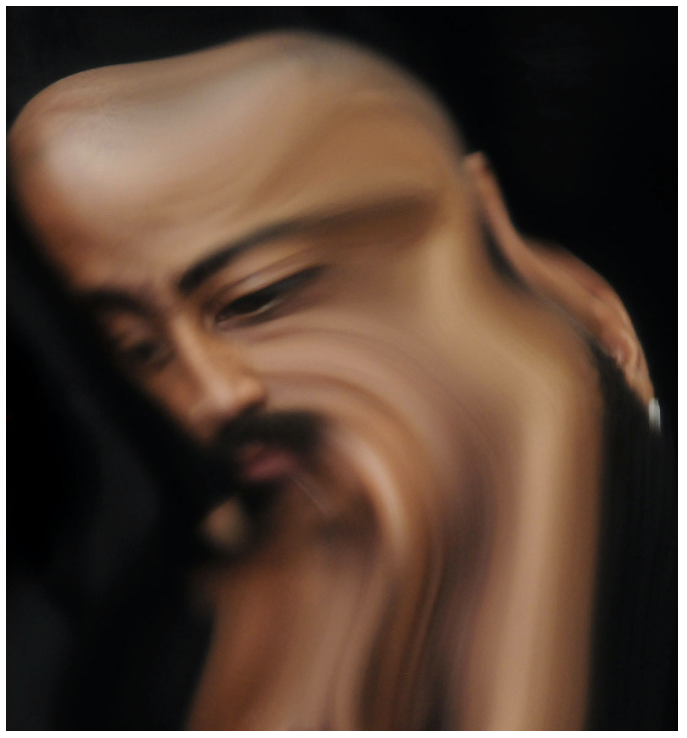
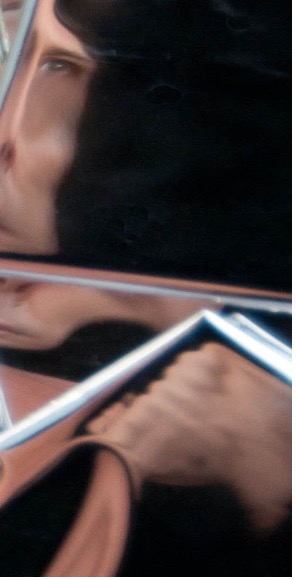
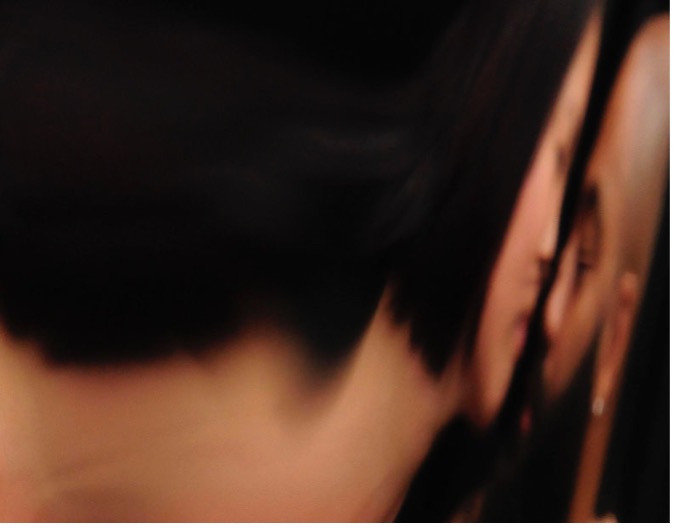
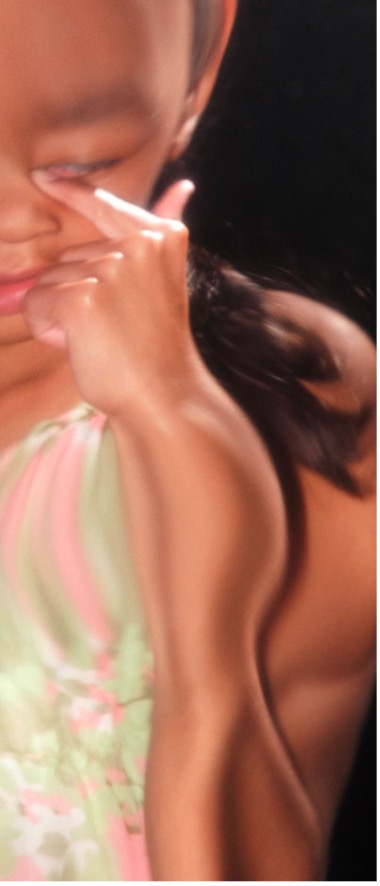
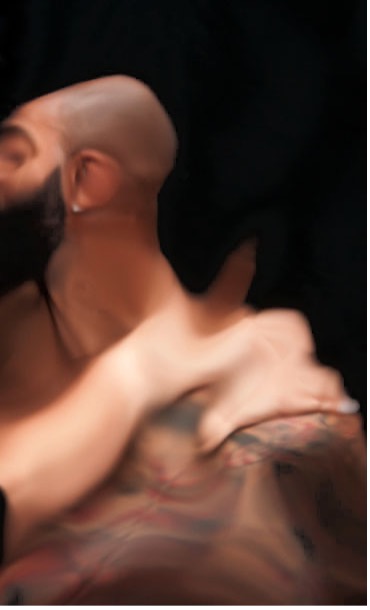
BODIES ON THE WALL
Matt Revolter
ABSTRACT
I began exploring the processes and intricacies of human perception and memory upon graduating from film school. What I didn’t know was that this interest would help shape the concept for the culminating work of my graduate degree. Perception isn’t static, and it’s unique to each individual; we perceive what we want to see in the world, which renders our memories imperfect in comparison to their corresponding events, and intrinsically intangible. This idea is a personal concern; I anticipate with an amount of anxiety the inevitable loss of my own memories, and I’m all too aware that my perception of the world is of my mind’s own invention, and thus only available to me.
ARTIST STATEMENT:
Bodies on the Wall explores the disconnection between immediate visual perception of an object or event and the subsequent mental processing that creates memories of the same object or event. This contrast of immediate perception and processed memory is indicative of self-identity since we perceive environments and situations on a unique, individual basis dictated by our senses and awareness of the outside world. This is a difficult concept to grasp, because our perception is intangible; it is our memories of these experiences that mold our identity.
This project comprises over 1,000 images and exposes the fragility of the human condition through personal memories and individual perception. The immersive environment of projected images in conjunction with light, sound, smell, and tactile details stimulates sensory experiences that can trigger memories. Everyday we experience a barrage of sensory events. We focus on what we perceive to be valuable data, and we filter out the rest as useless information. My intent is to expose the disconnect between experienced events and the created memory of those events.
